If you're planning on spending a lot of time at the pool or beach this year – or plan on taking your music anywhere outdoors on a camping trip – you're going to want one of these best waterproof speakers along for the ride.
While no one ever really intends to get their portable speakers wet, accidents and bad weather happen, and when they do the last thing you're going to want to worry about is whether or not your speaker still works.
Thankfully, there are a number of impressive IP67 (Waterproof) speakers out there, so even if you're not planning on taking a swim with your Bluetooth speaker, you can rest easy knowing that your purchase can withstand an accidental dip.
With that said, we've gathered up the best ones for you - not only are these devices rain-friendly, pool-friendly and spill-friendly, they're also the best outdoor speakers you can buy right now. Stick with us and we'll be sure to find the best waterproof speaker that works for your budget and requirements.
Waterproof vs Water-Resistant speaker
While waterproof and water-resistant aren't synonymous, they roughly translate to "water won't ruin it".
Waterproof is the better of the two, as it usually carries an IP67 rating that means it can withstand to float in around a meter of water for a half-hour before it bites the dust.
Water-resistant, on the other hand, means it could survive a splash or two, but it's not the kind of thing you'd just want to casually throw in the pool.
Of course waterproofing isn't the only thing we looked for when picking out this list of the best outdoor speakers. We also considered factors such as sound quality, price and feature set, all of which helped establish a set of criteria that we could measure all speakers against. What you see below is the result of that effort – our definitive list of the 10 best wireless portable waterproof speakers.
Outdoor speakers FAQ: quick questions answered
- Can you put an indoor speaker outside? It's possible, depending on the type of power output. A wireless speaker can be put anywhere, providing it's near enough to its source device – smartphone, computer, or otherwise. Keep in mind indoor speakers won't usually be waterproof, though. So it's always best to get one built for the outdoors to be safe.
- What's a good wattage for outdoor speakers? 5W might be suitable for a quiet picnic, but you'll want more for a bustling BBQ or party out of doors. For comparison, most smart TVs come with maximum 10W speakers.
- How many outdoor speakers do I need? This depends on the volume of the device and where you're putting it. For covering various spots around a garden or yard, you may want several.
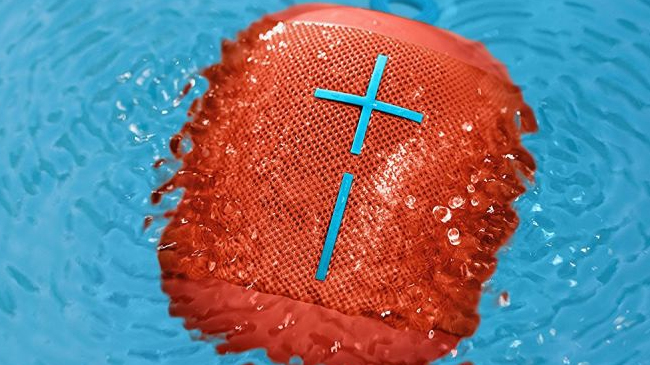
Image Credit: Ultimate Ears
The original UE Wonderboom has been at the top of our best outdoor speaker list since its debut and for good reason: It’s rugged, plays louder than its diminutive sound suggests, and could be paired to other UE Wonderboom speakers to amplify sound. And although the UE Wonderboom 2 looks nearly identical to the original, Ultimate Ears packed in a slew of upgrades that make the Wonderboom 2 even better, like the increased battery life (up 30% compared to the original), better bass response, and the new Outdoor Boost feature that helps the speaker get even louder than before.
Combined, these seemingly minor upgrades not only keep the UE Wonderboom 2 on our list of the best outdoor speakers for another year, but they help to make it one of the best portable speakers you can buy period.


Image credit: Denon
If you want a waterproof speaker that doesn't look like a waterproof speaker, get the Denon Envaya DSB-250BT.
It'll fit into a classy living room but has IP67 water resistance, letting it withstand a full-on dunk. This is also the best-sounding speaker of its size, with meaty bass and audio balance you might expect from a hifi master like Denon. There's an Envaya Mini if you want something smaller, too.
Any complaints? To make the water resistance work, the speaker has rubbery panels instead of clicky buttons, and they aren't half hard to depress sometimes. But if that isn't a minor quibble, what is?


Image credit: JBL
The JBL Charge 4 may seem like a boring update on paper, but it’s still one of the best outdoor speakers around. For the money, you get a speaker that sound great, is tough as nails, acts as a charger for your phone, and lasts all day.
For the money, the JBL Charge 4 is a definite no-brainer, as you get a speaker that lasts all day, sounds great, can put up with all kinds of abuse, and tops your phone up in a pinch. Yes, there are better sounding speakers but you’ll have to spend much more money. (One of our favorite speakers, the UE Megaboom 3, sounds worse and costs more money.)


Image credit: Anker
You might not have ever heard of Anker before, but it's sweeping Amazon as one of the highest-rated electronics manufacturers.
Its flagship waterproof speaker, the Anker Soundcore Flare, combines the best features of its competitors into an affordable package that’s tough to beat. For the price, the Flare offers good sound, a tough waterproof build and excellent user experience. The LED light show is a bit of a gimmick, sure, but it's certainly fun and can be disabled entirely. While other outdoor speakers may sound better, you’re going to have to spend much more money.


Image credit: Ultimate Ears
The UE Boom 3 is one of the best outdoor speakers money can buy in 2019. This is a speaker that can get loud and not distort at higher volumes; be light enough to carry on the move but remain durable enough to tumble in a bag unprotected.
It's waterproof as well as dust-proof, and has a one-touch mix button that lets you pull up your favorite playlists without needing to pick up your smartphone.
There are certainly more detailed speakers out there (see: Bowers and Wilkins Zeppelin down below), but at a price that's relatively affordable to all, the UE Boom 3 hits all the right notes for the third year in a row.


Image credit: TechRadar
If you still don’t know about Fugoo, you’re certainly missing out on some of the best outdoor speakers in the world. The Fugoo Style not only offers the longest battery life of any speaker on this list (40 hours!), but it also comes in at a tiny one pound.
Fugoo’s design philosophy is to offer different ‘jackets’ (Style, Tough or Sport) to fit around its ‘core’ speaker to fit different styles. The Fugoo Style waterproof speaker offers a great blend of size, sound fidelity and battery life for an affordable price.

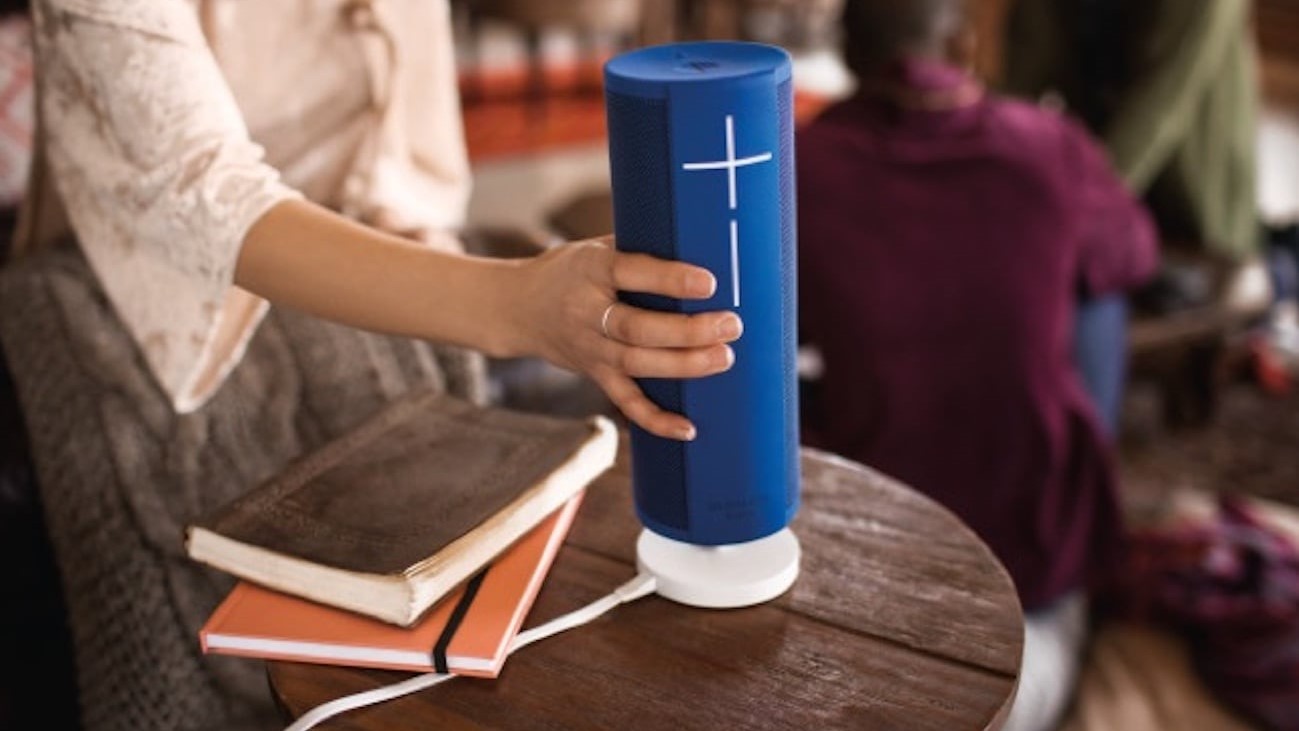
Image credit: Ultimate Ears
The UE Megablast is at the very peak of Ultimate Ears’ line of waterproof speakers. Its larger size means that the Megablast can get loud and can last up to 20 hours at a sensible volume.
Bass is stronger and richer than its smaller UE Boom 3 and Wonderboom 2 brothers, and this is the speaker for anybody who wants to really blare their music at a party. For people who want to save some cash, however, the other Ultimate Ears speakers cost much less and sound nearly as good. Still, it's not a bad option if you want a personal assistant with you at the beach.

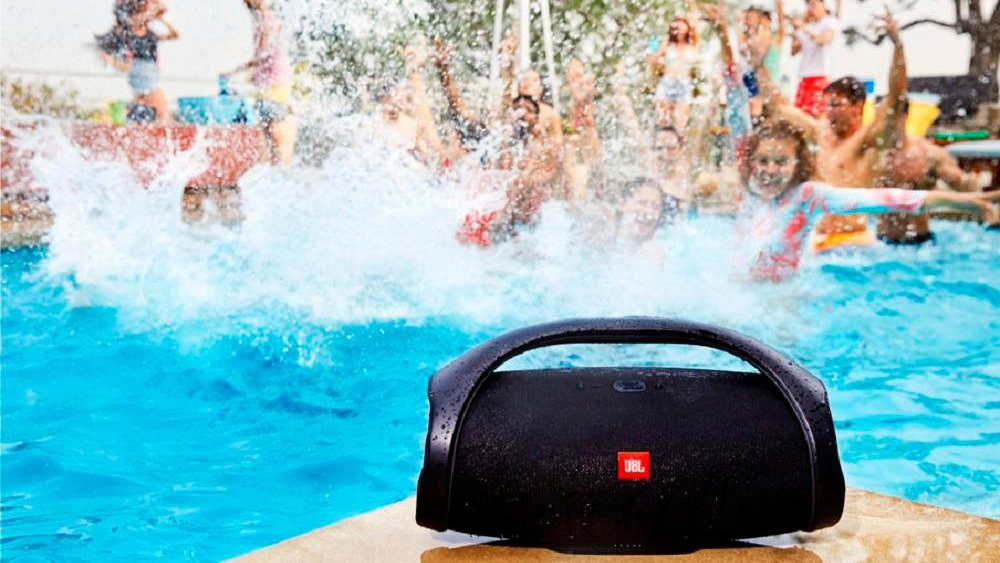
Image credit: JBL
In terms of sheer audio prowess, the JBL Boombox was a pleasant surprise – it's a monstrous outdoor speaker that not only gets loud, but stays pretty crisp when pumping the volume. It’s heavy, and not the easiest thing to carry around, but it’s rugged enough to handle any pool or tailgate party.
That said, we can’t recommend the Boombox as a speaker for the home. You can find comparable sound in form factors that take up less real estate, but if your plan is to hit whatever patio, pool, beach or tailgate party you can find, then this one should be in the running to play the tunes.


Image credit: Tribit
If you believe the old adage about getting what you pay for, you might not expect much from the Tribit XSound Go’s sound quality. Thankfully, that adage has never been less applicable: the speaker gets loud enough to fill up a medium-sized room, and at full volume, there’s only a little distortion on the highs.
Honestly, the Tribit XSound Go shouldn’t sound this good for the price, but it does. The speaker impressed with balanced sound, is near distortion-free at high volumes, and lasts and incredible 20+ hours of playtime at medium volume. Plus, the speaker is IPX7 water and dust resistant so it’ll put up with a day at the beach or pool without a problem. While it’s design may be forgettable, you won’t care once you hear how good the XSound Go sounds.

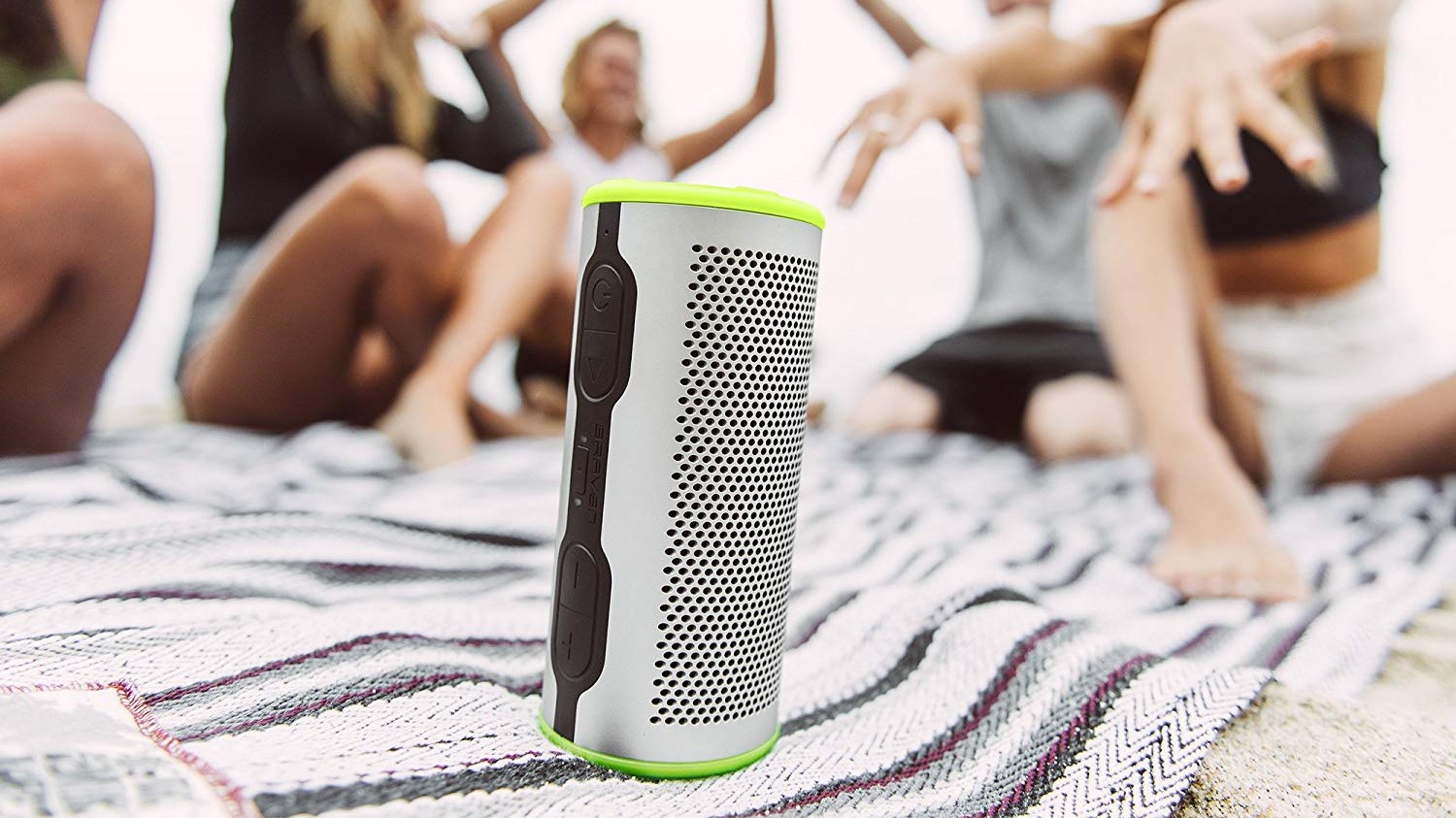
Image credit: Braven
Last on our list is the Braven Stryde 360 that, in all fairness, is a solid outdoor speaker that is average in just about every way. Sound quality is good but the speaker struggles with bass response. Battery life is an average 12 hours and its design doesn’t particularly stand out. For the price, there are better options - see: any of the speakers above - but if you've gotten this far and still haven't found what you're looking for, the Braven could be it.
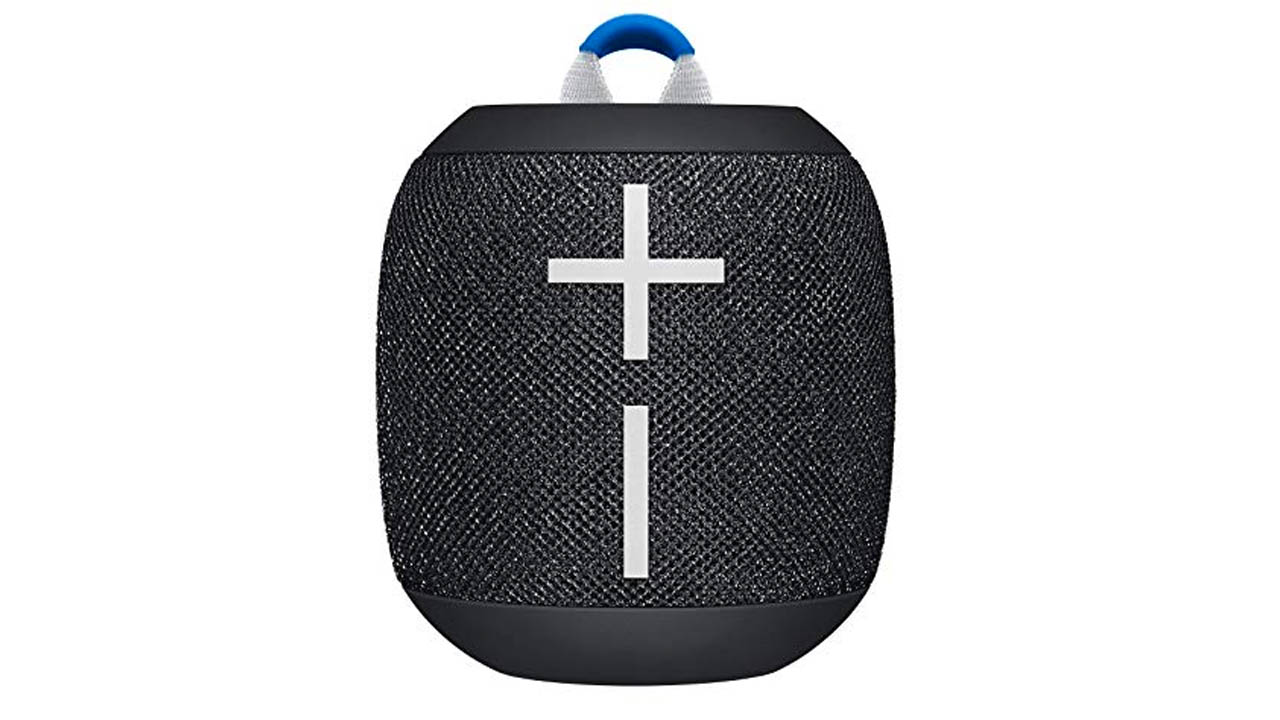
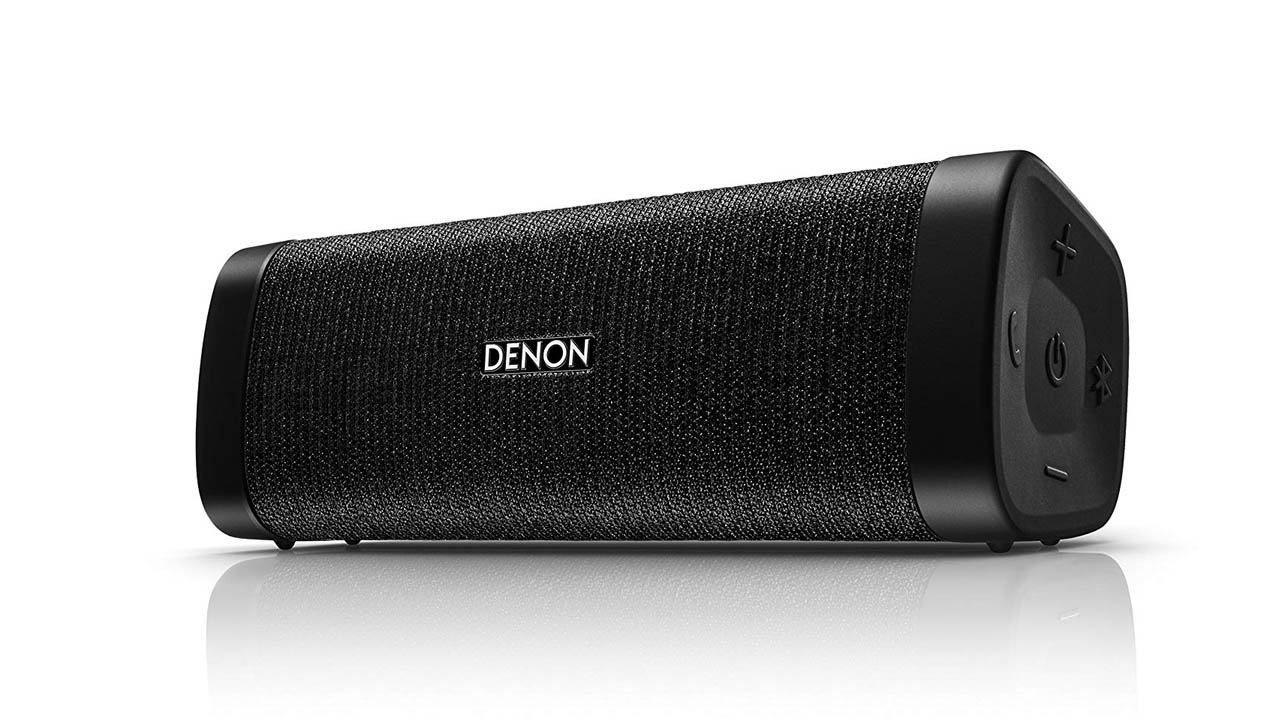
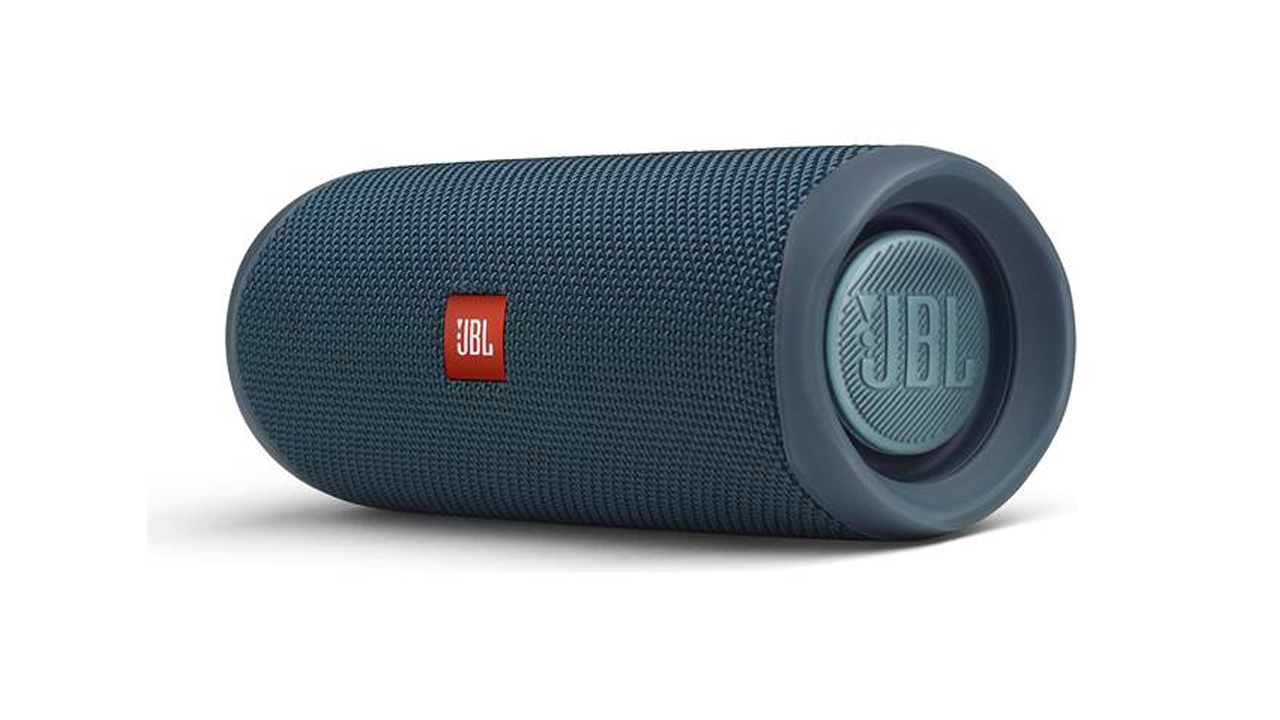
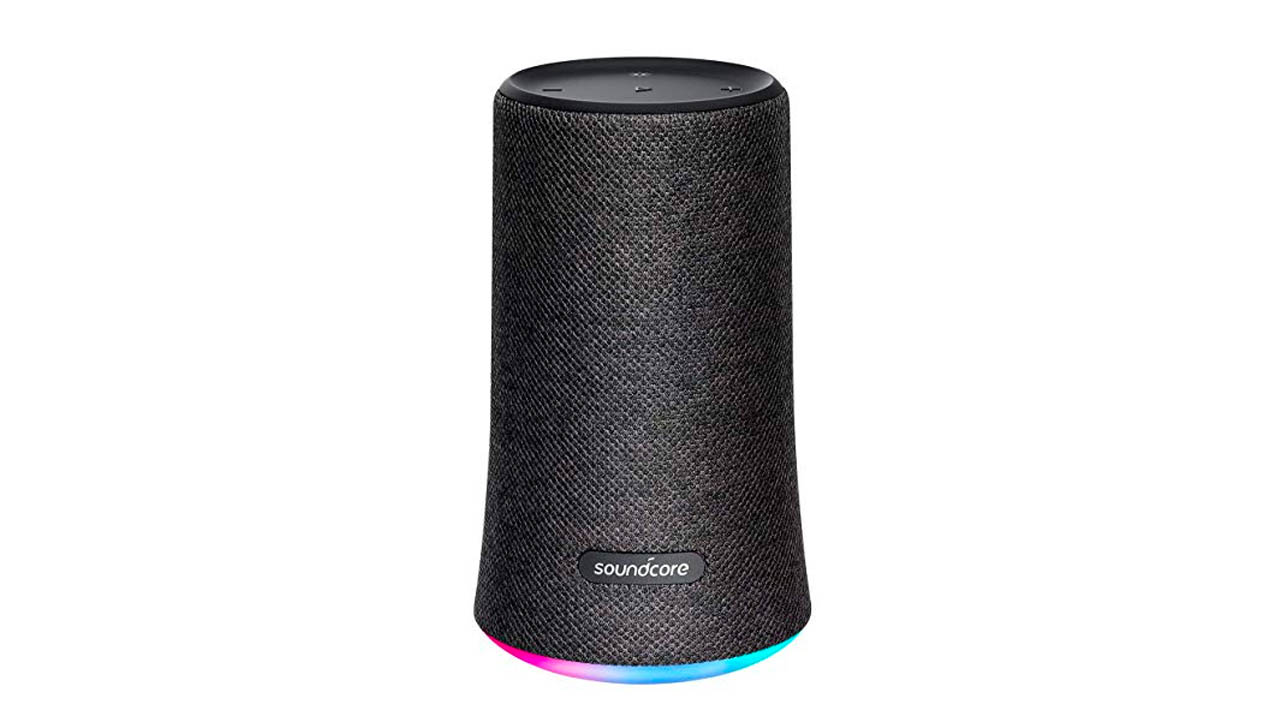
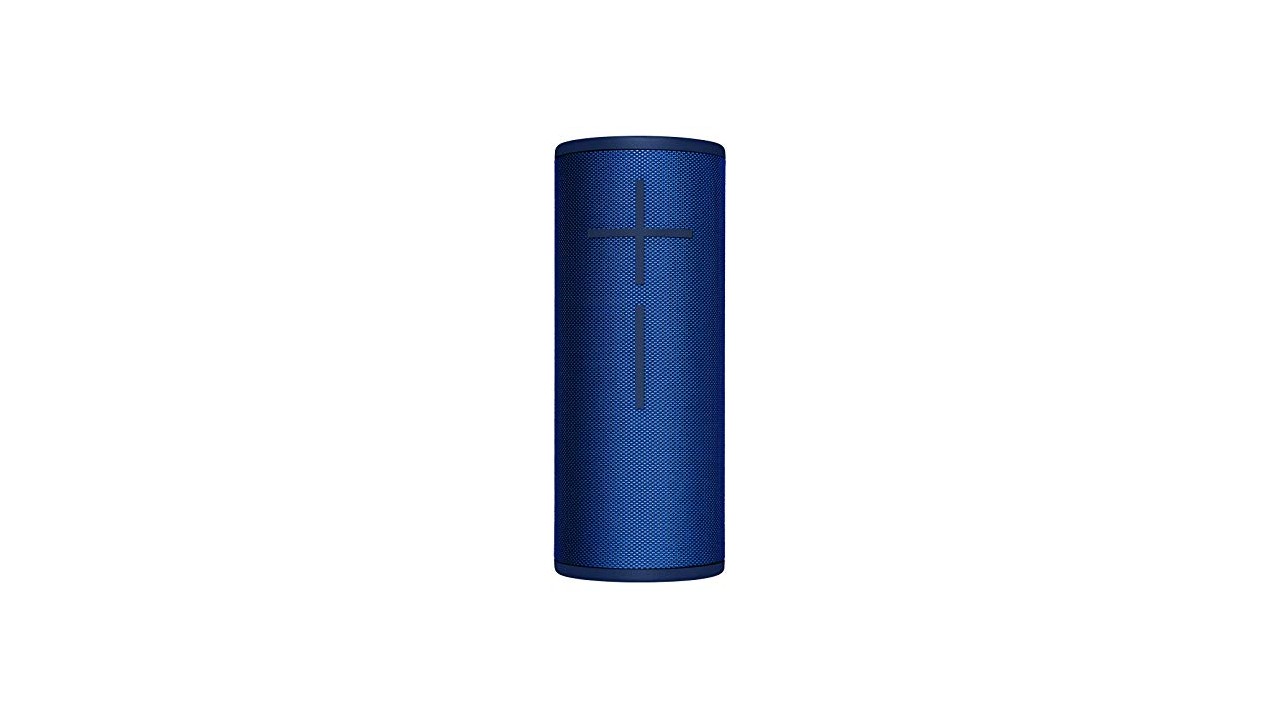



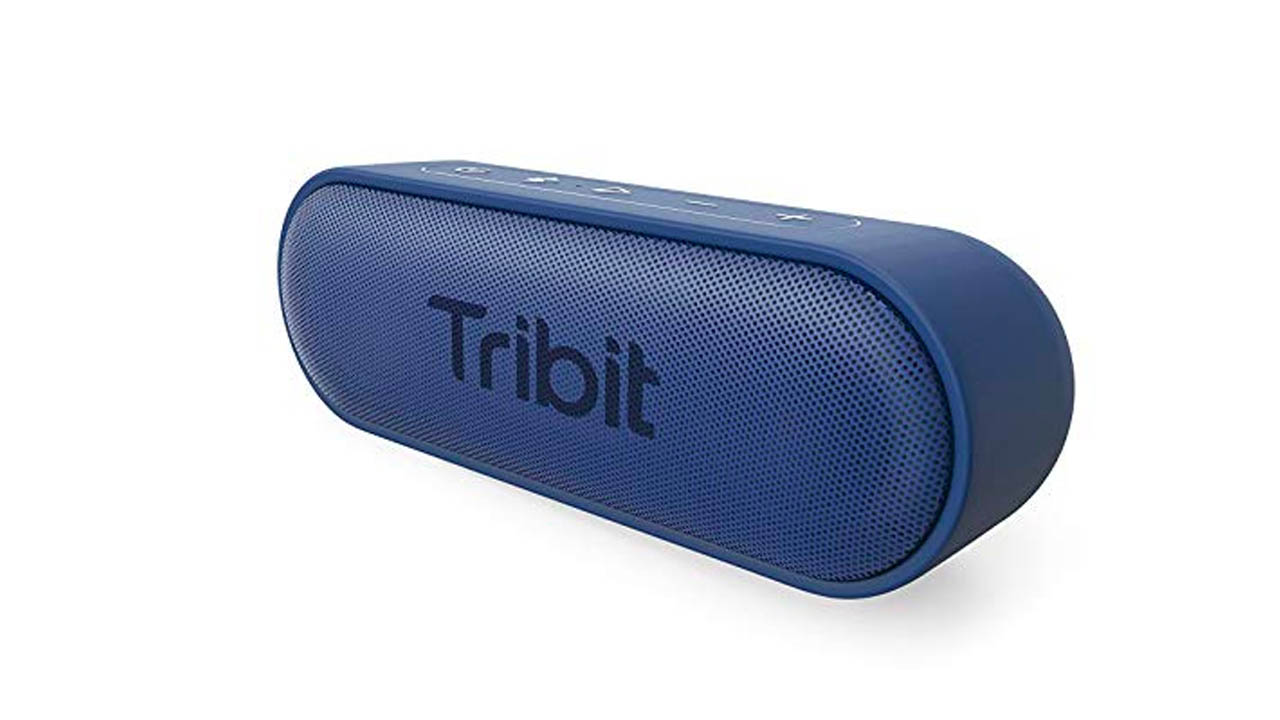
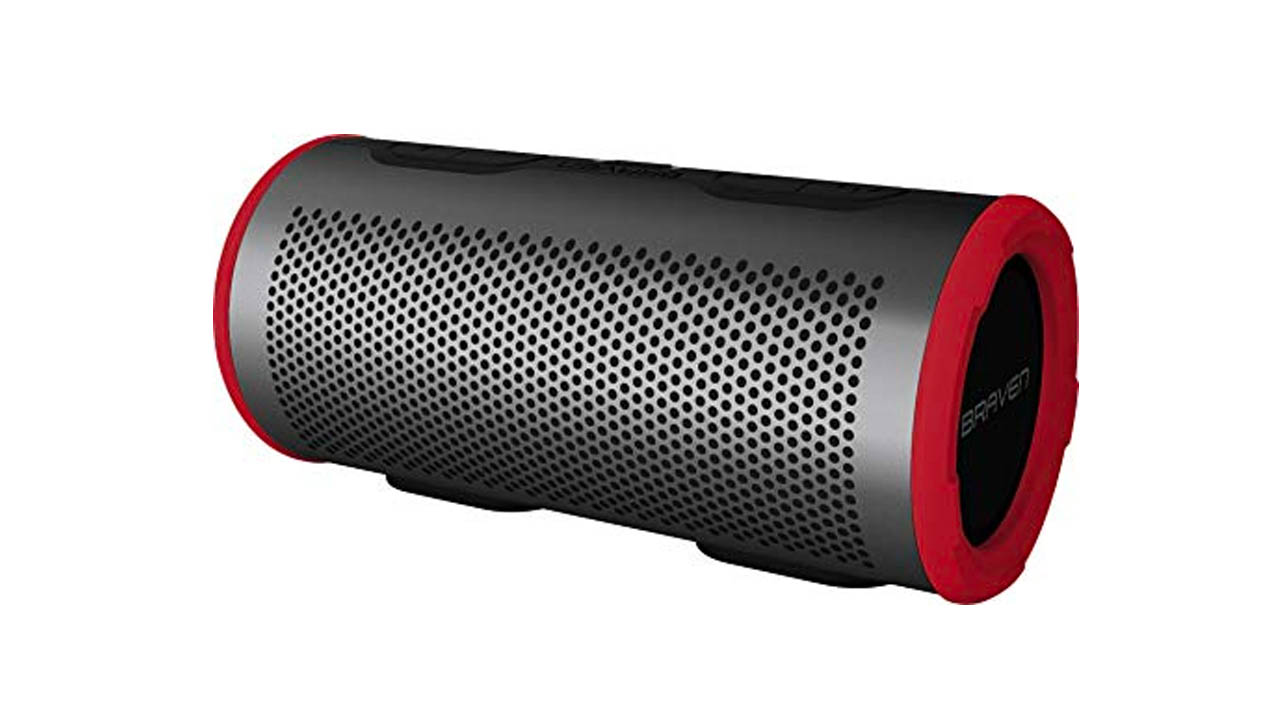
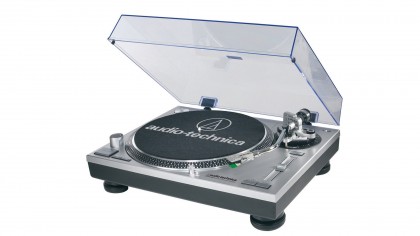
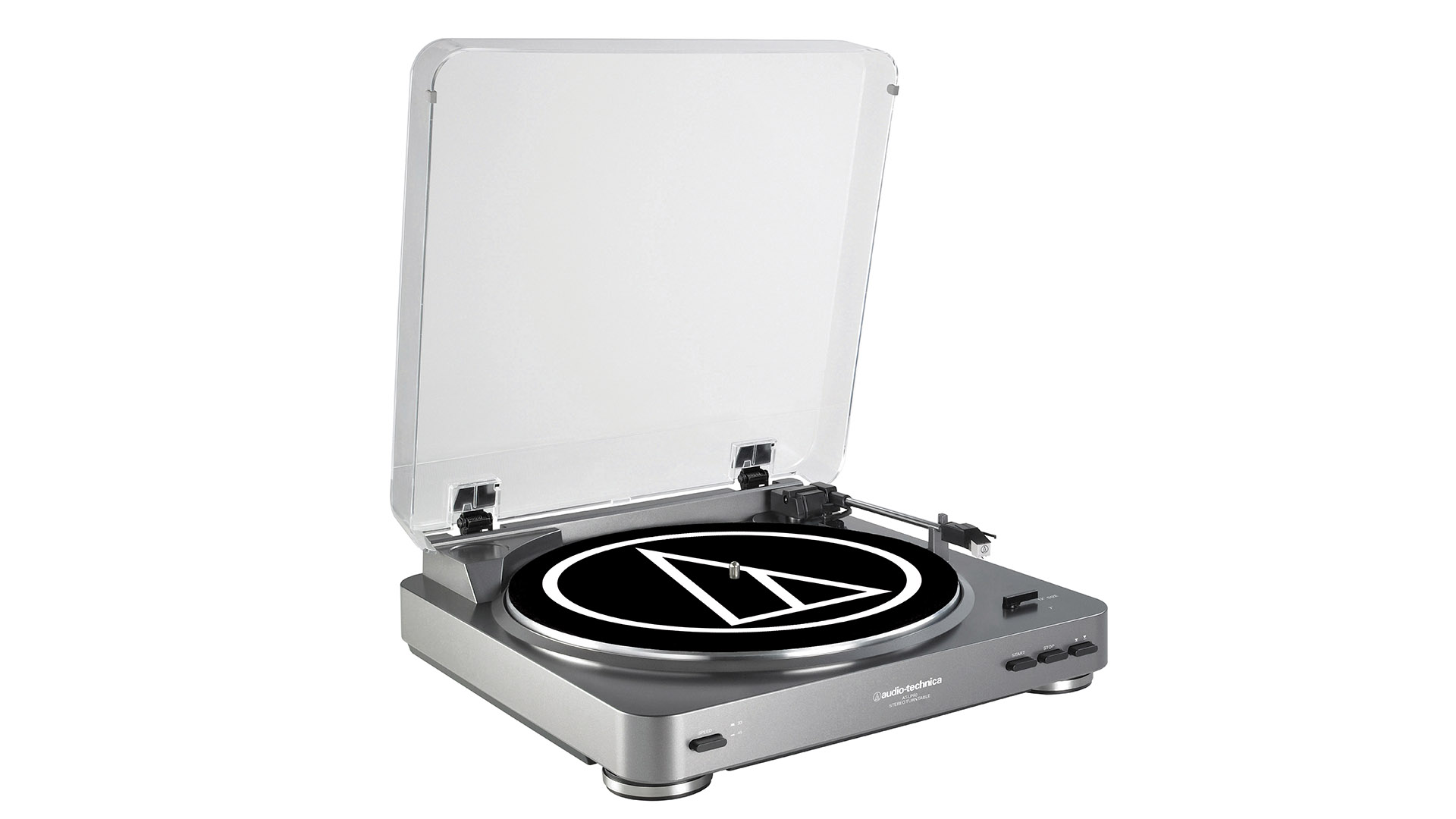
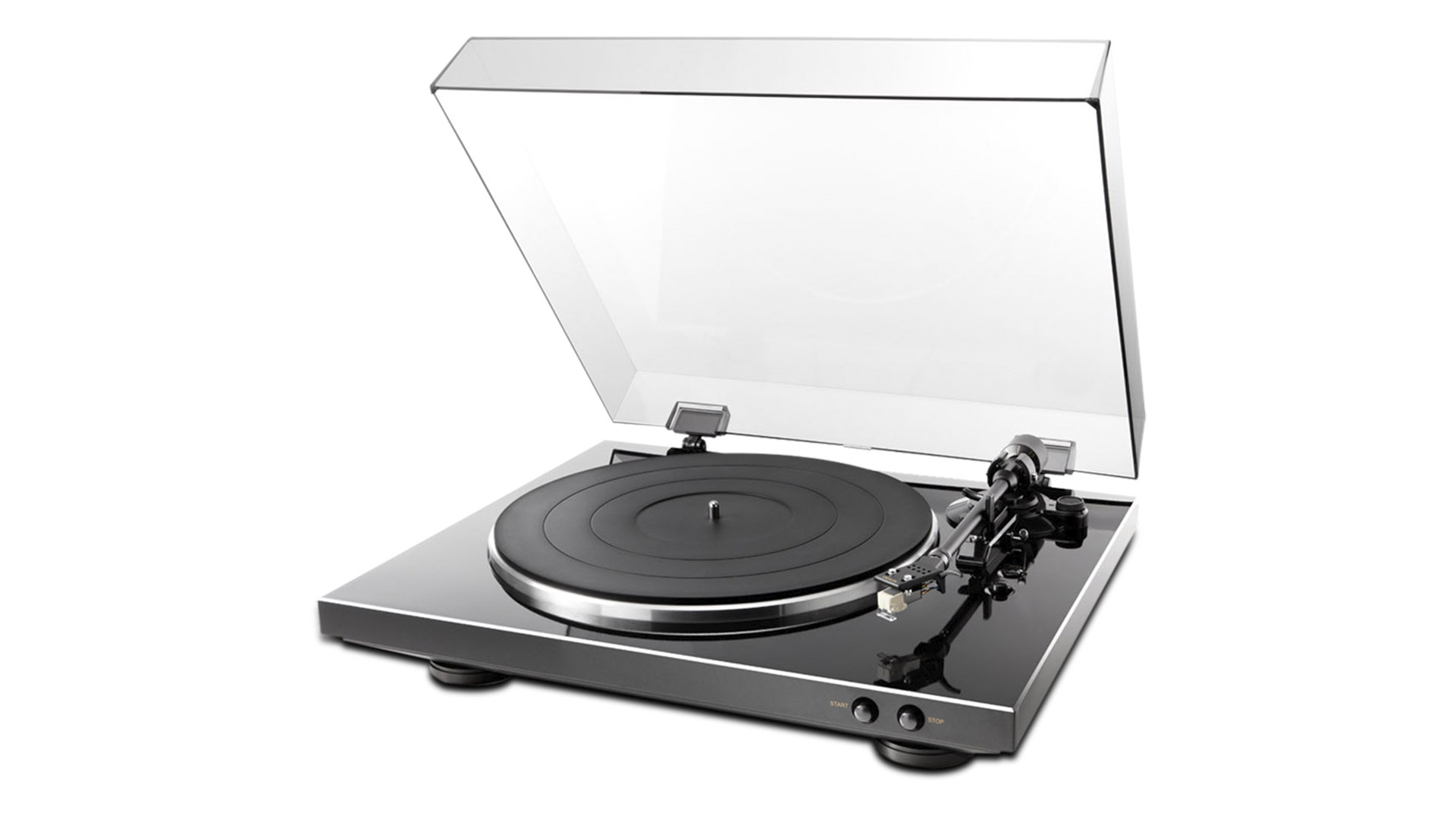
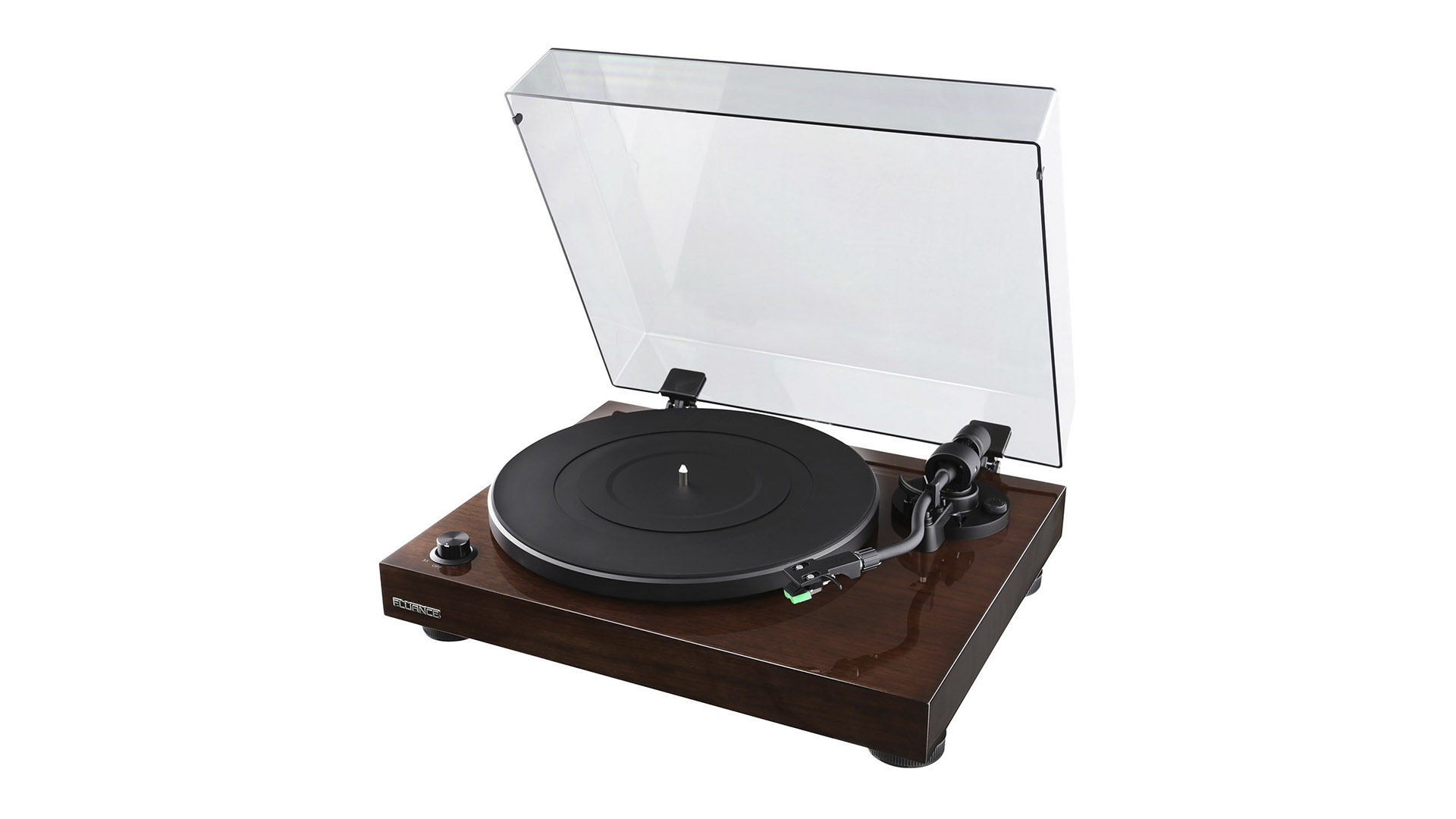
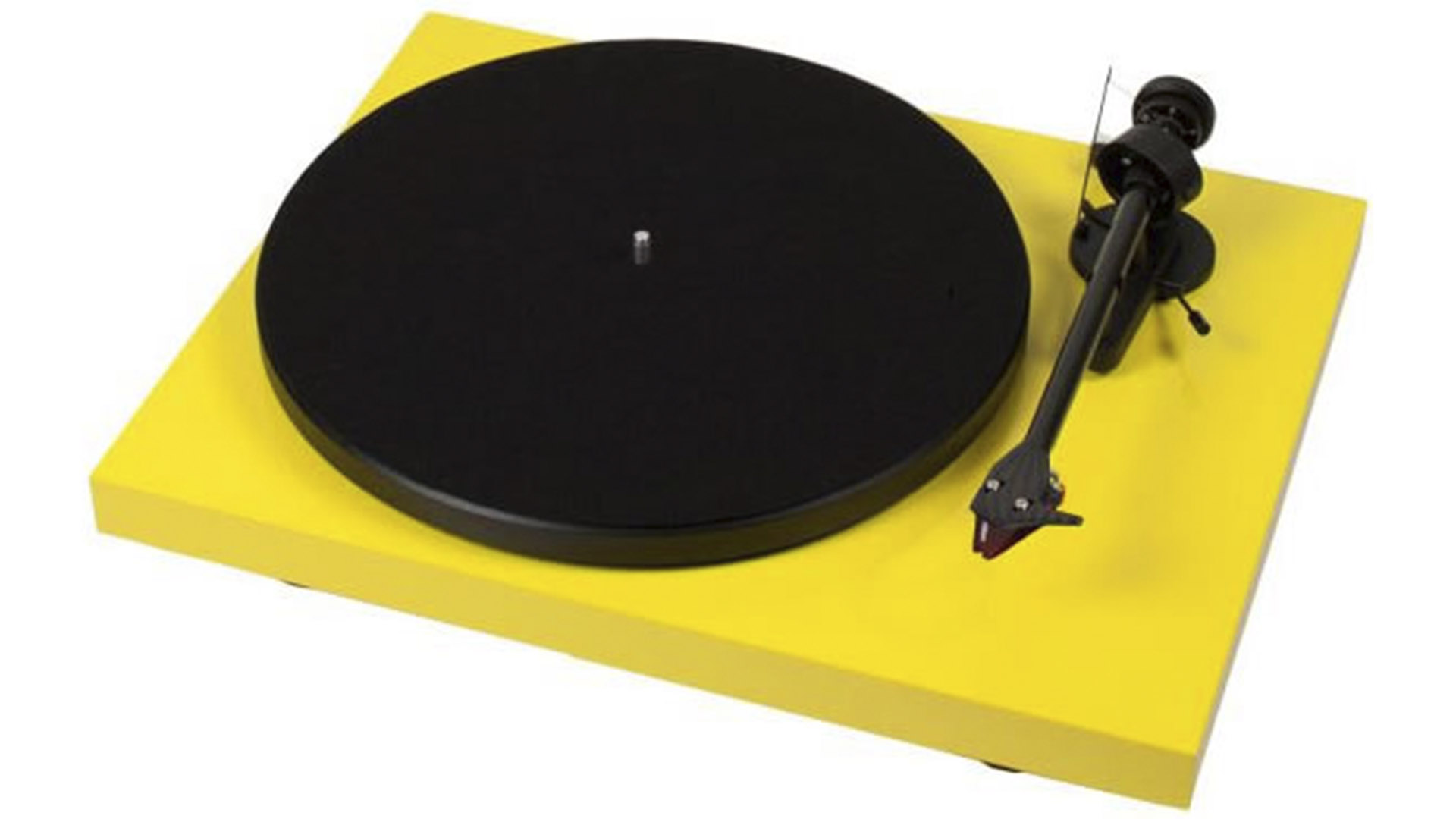
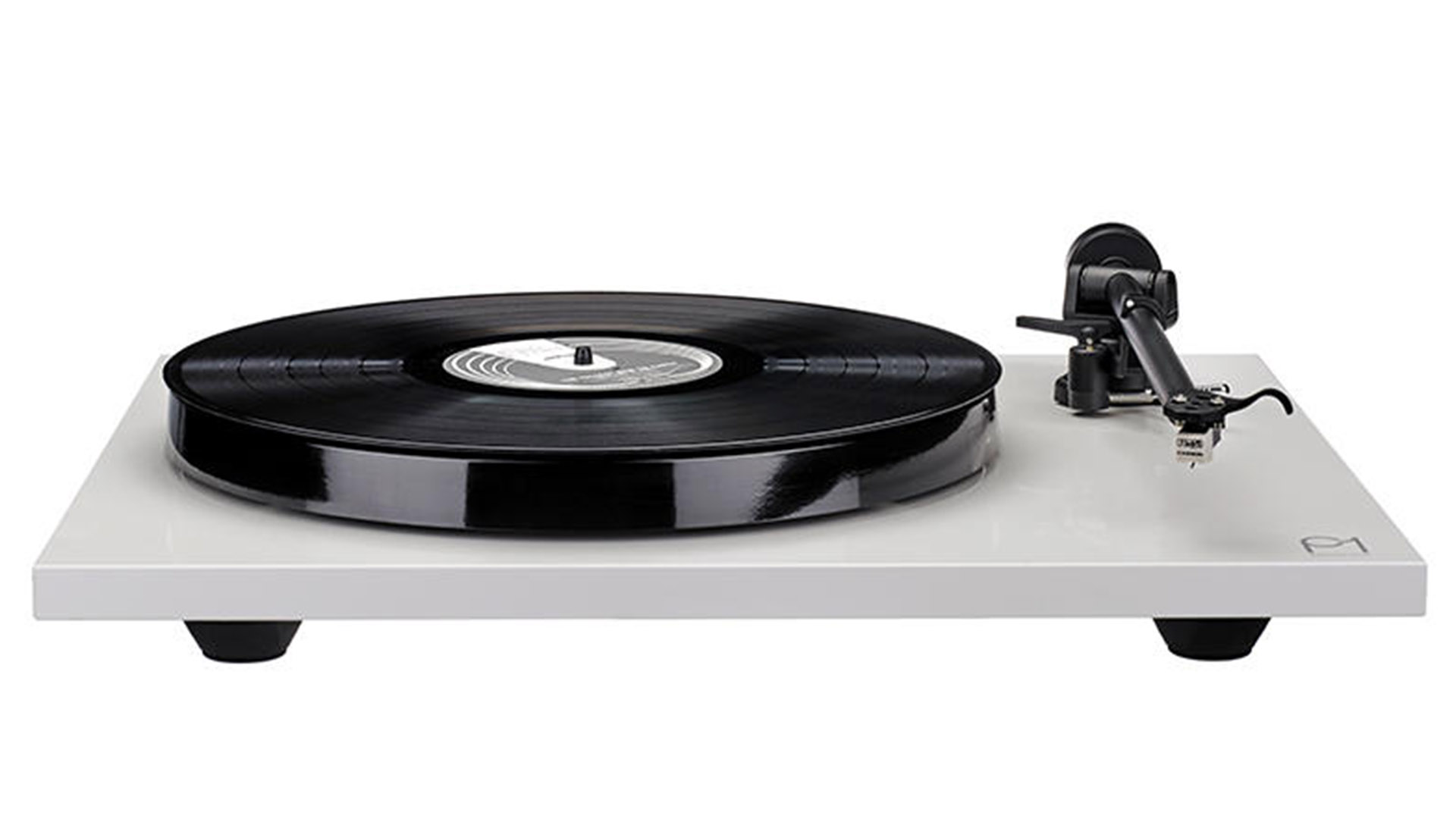
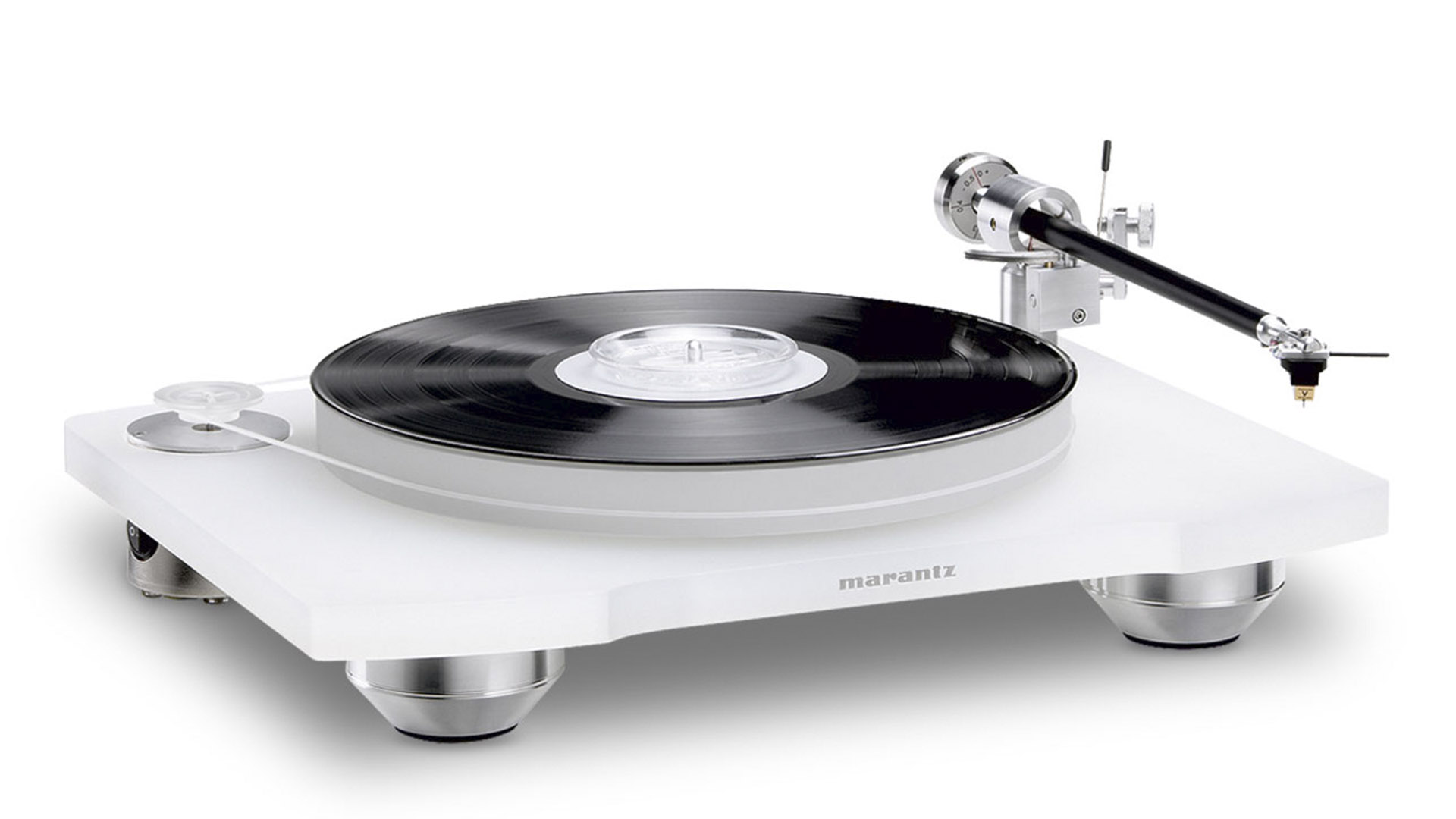
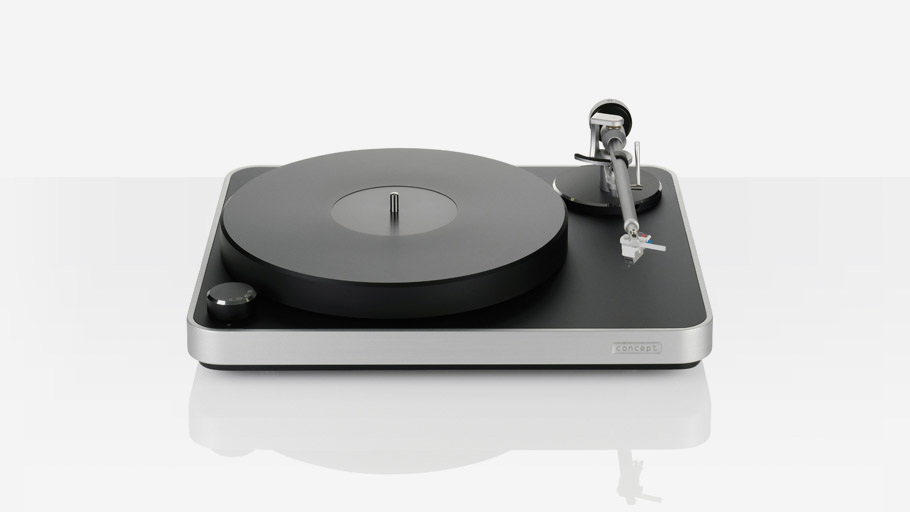
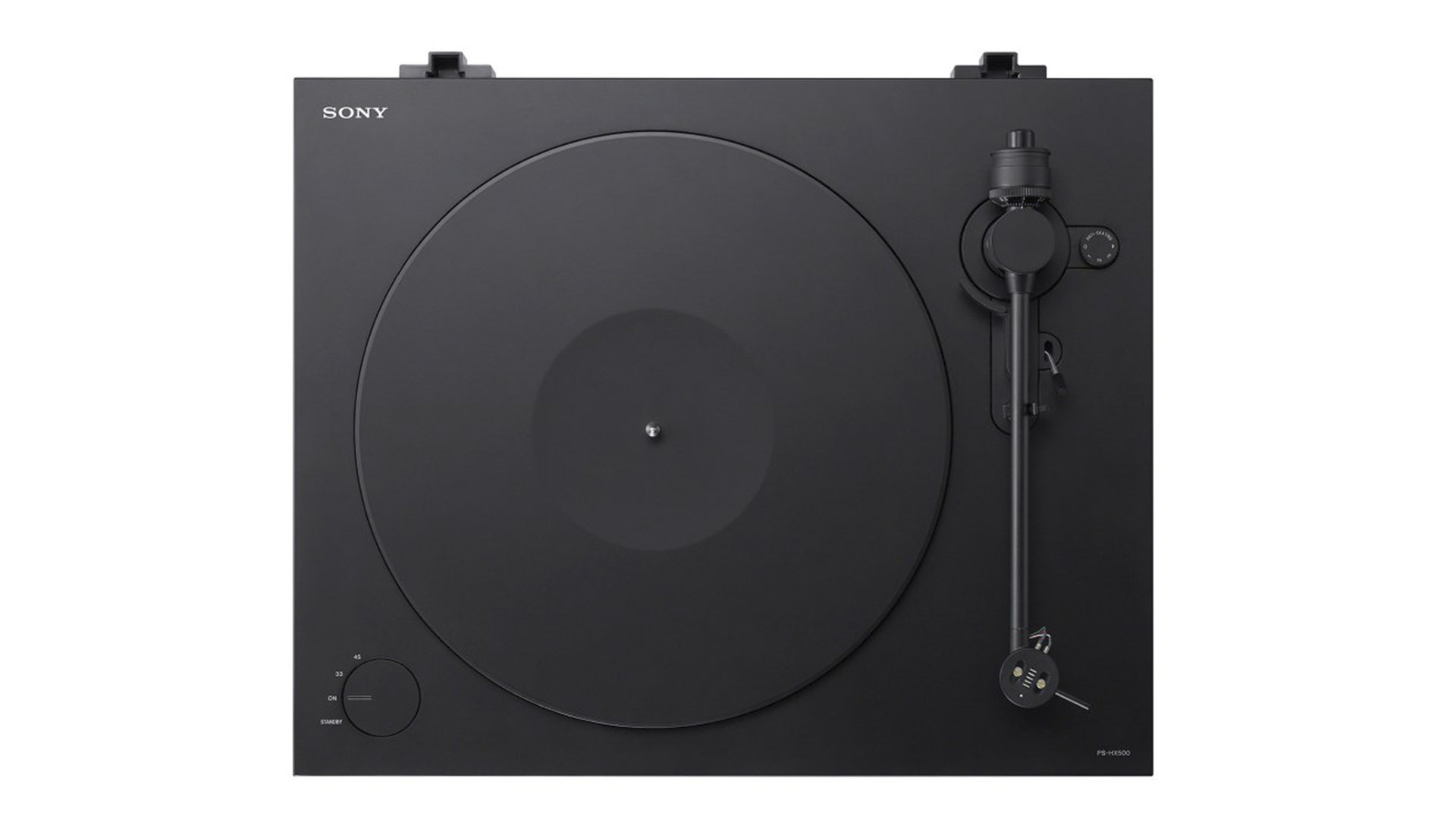



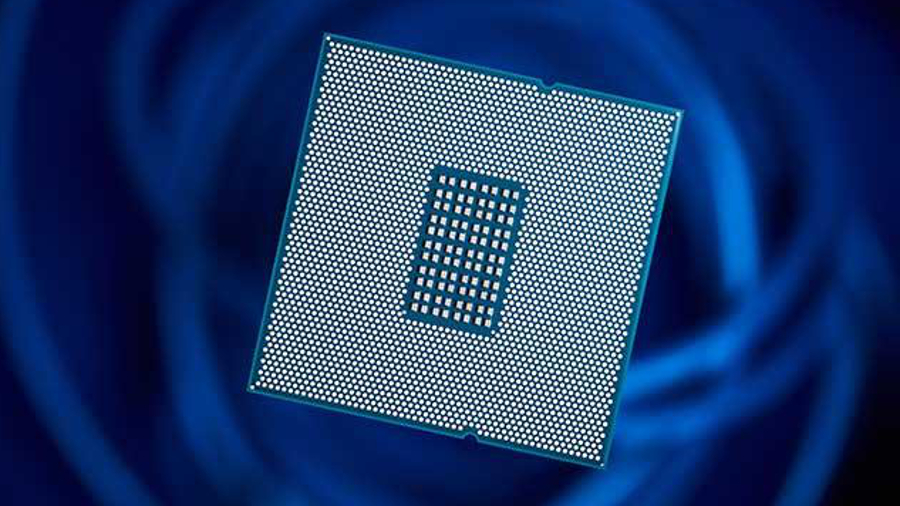

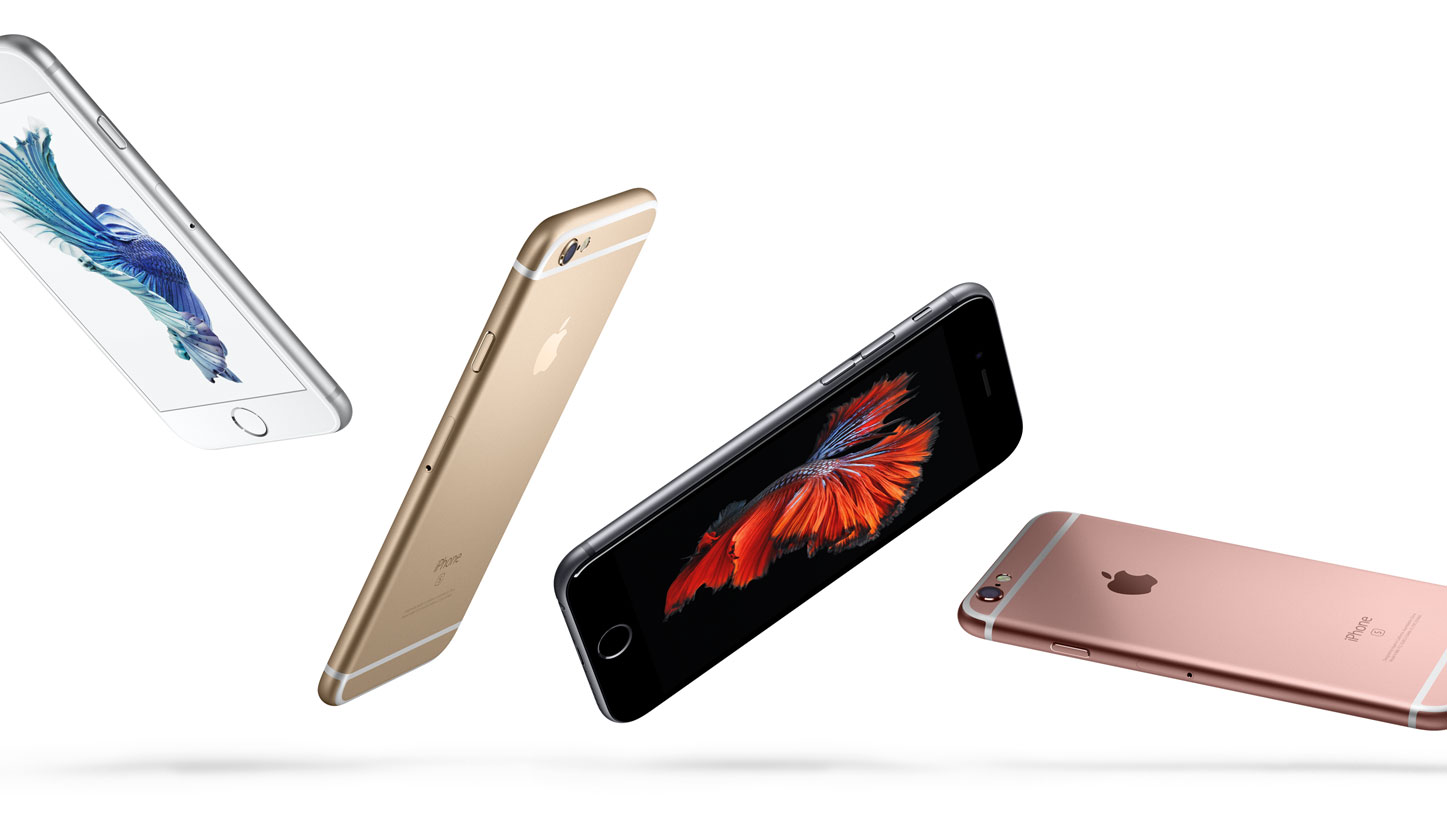

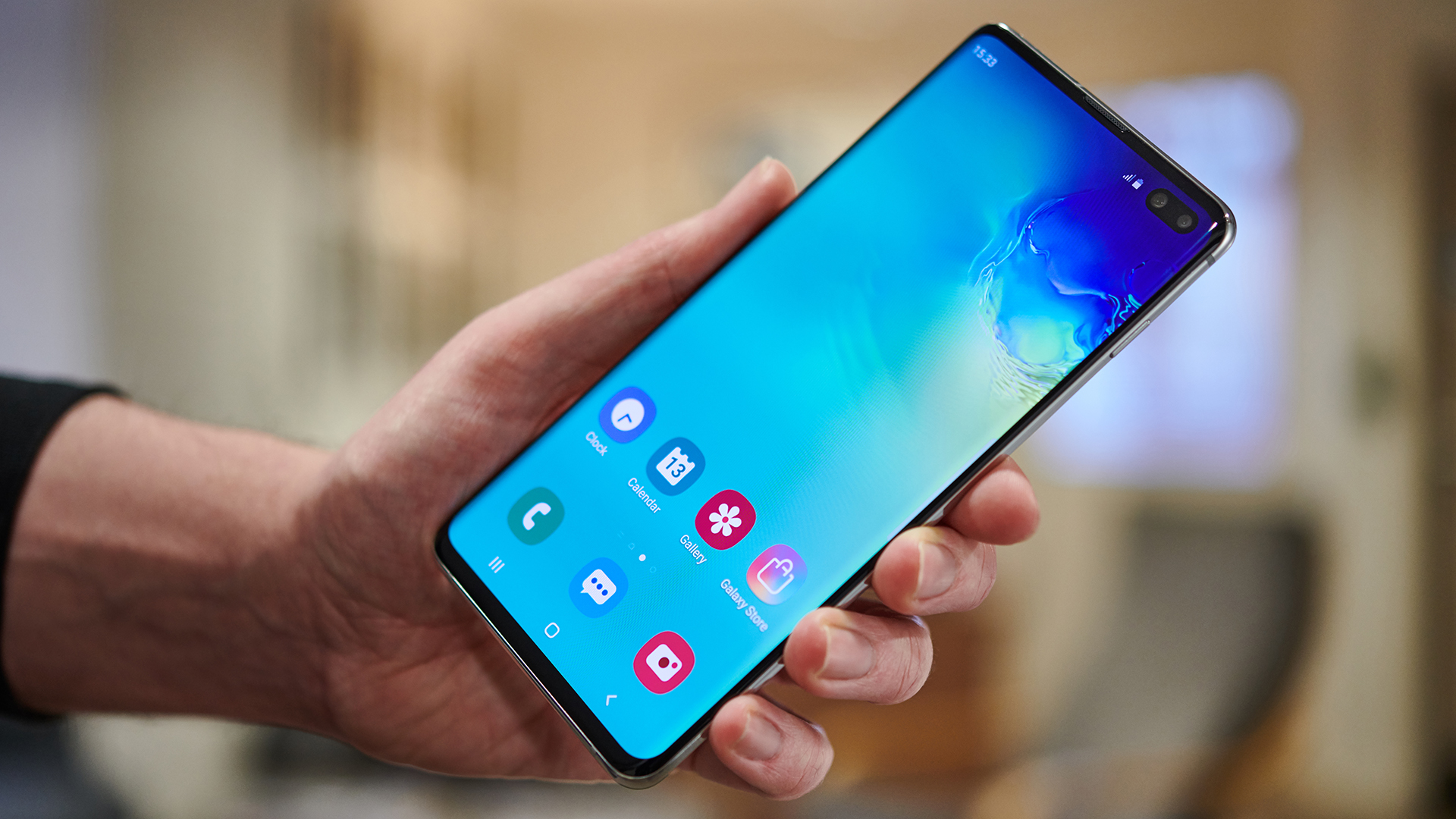

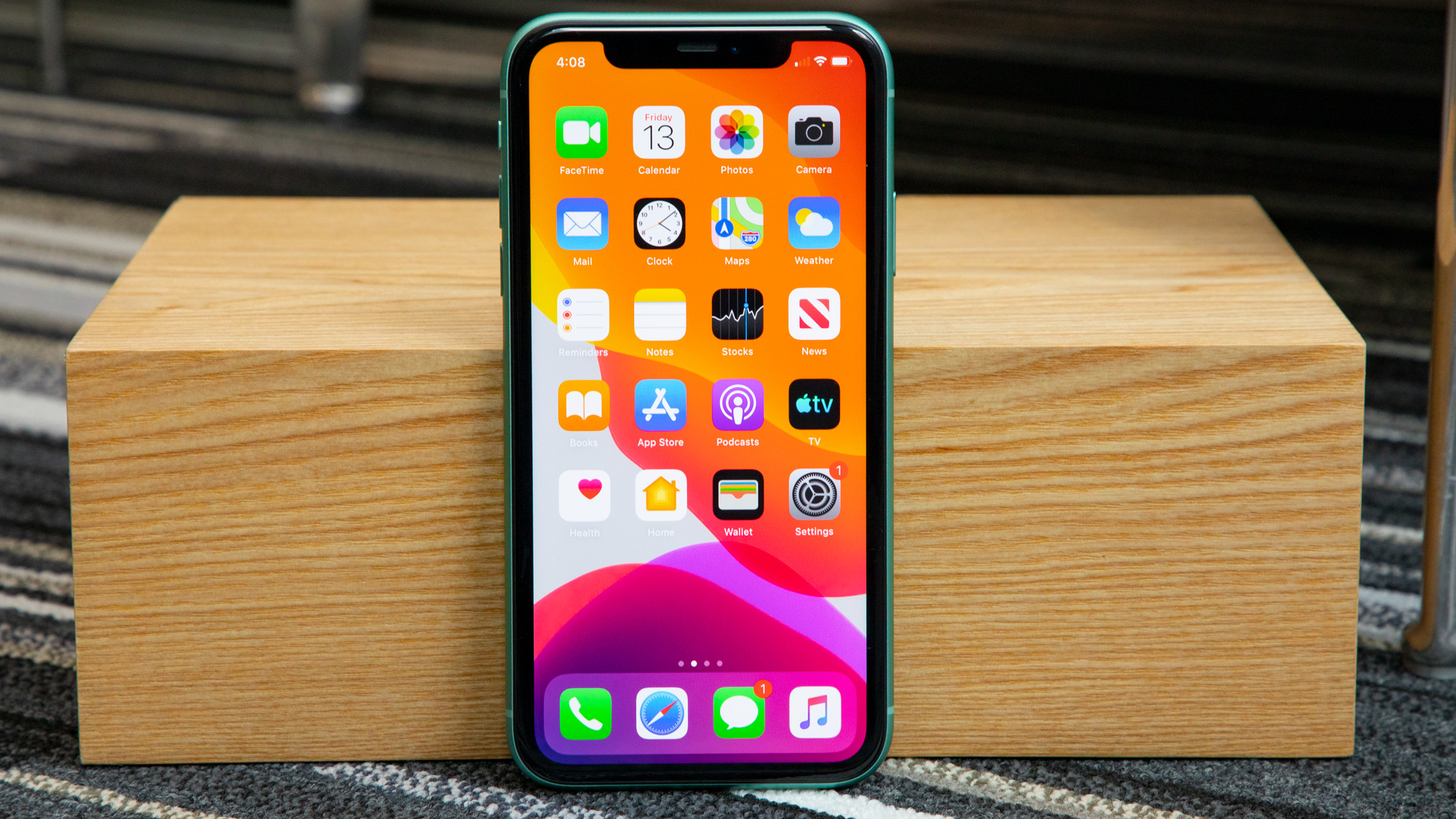
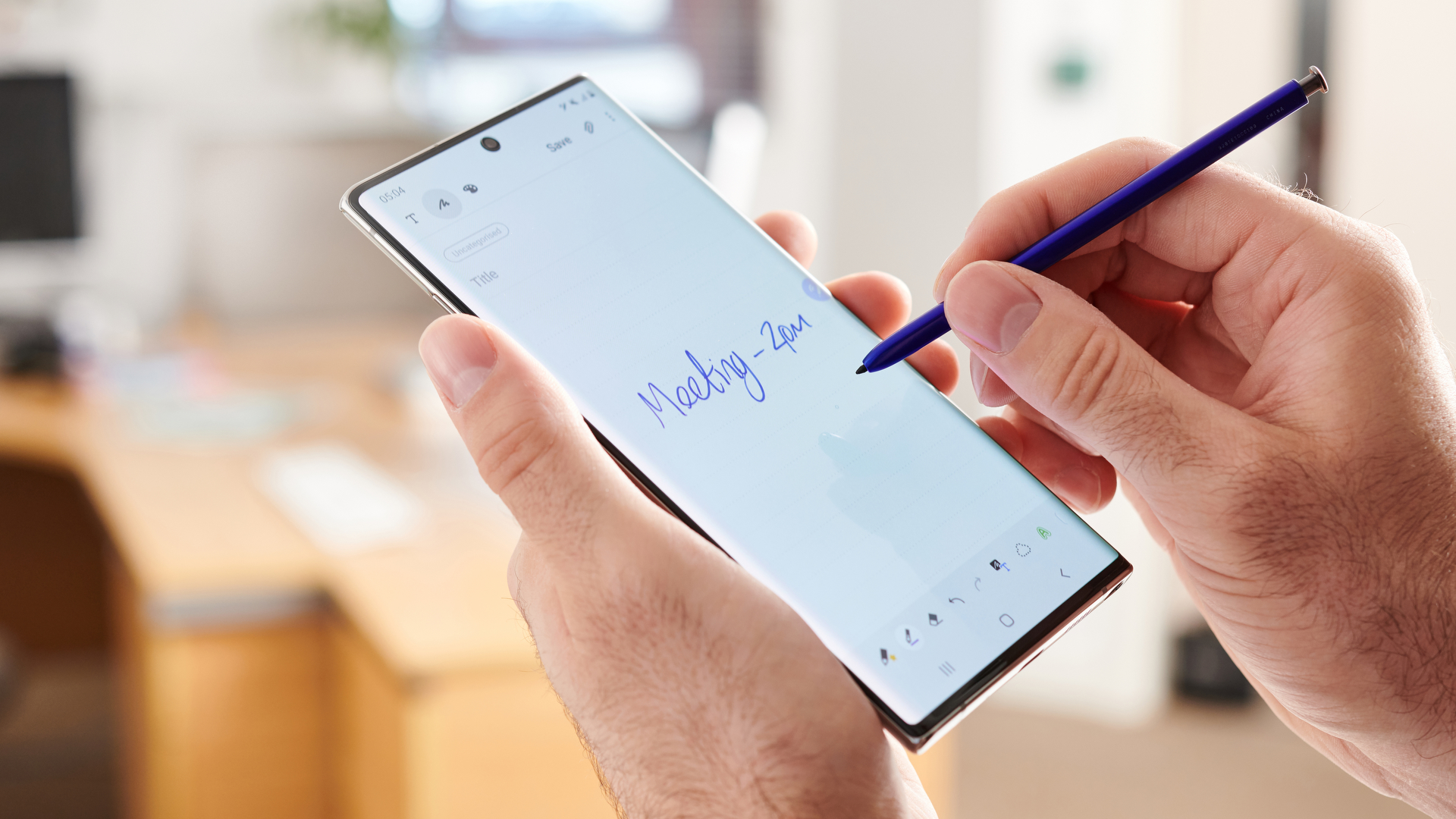
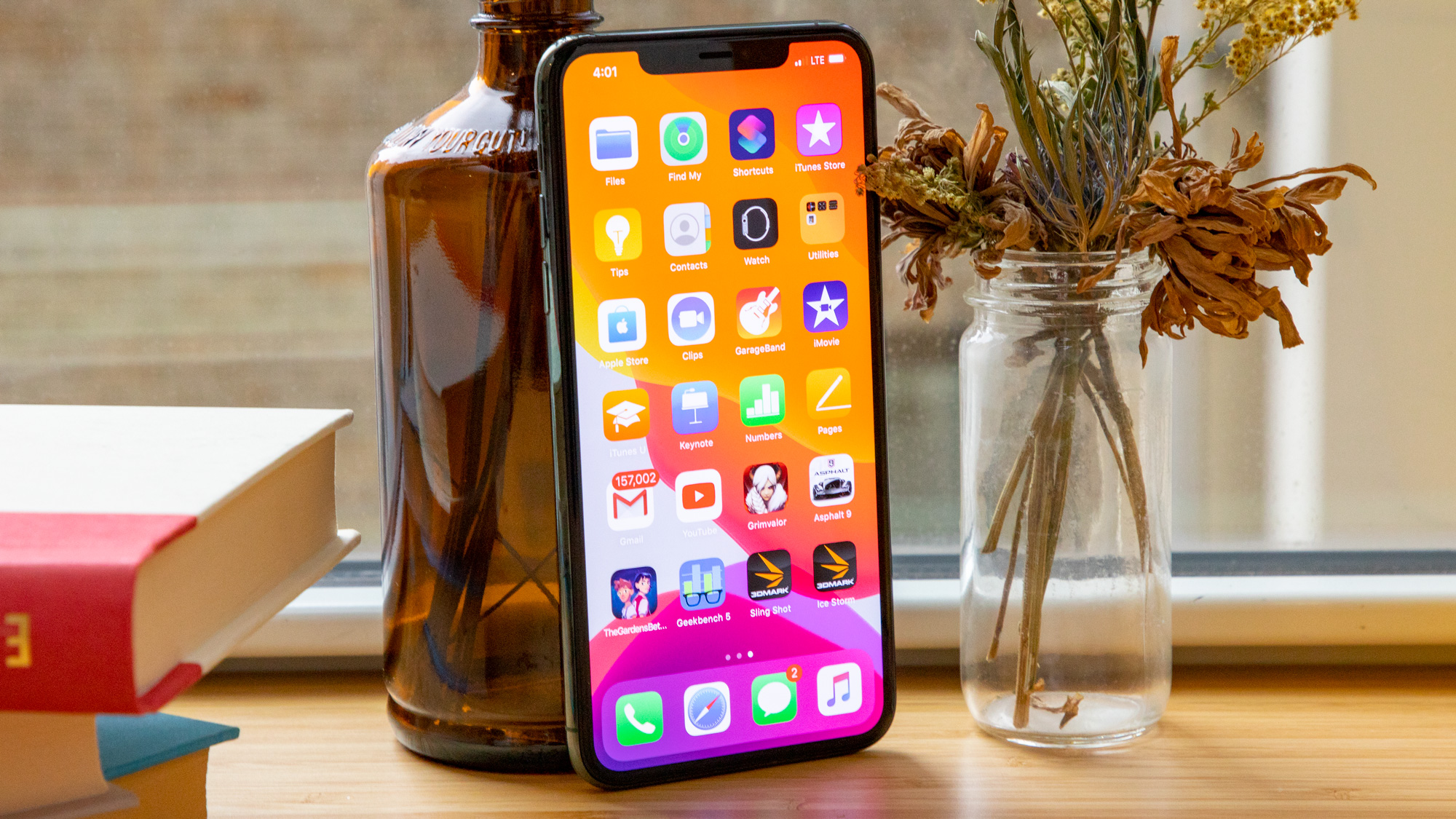

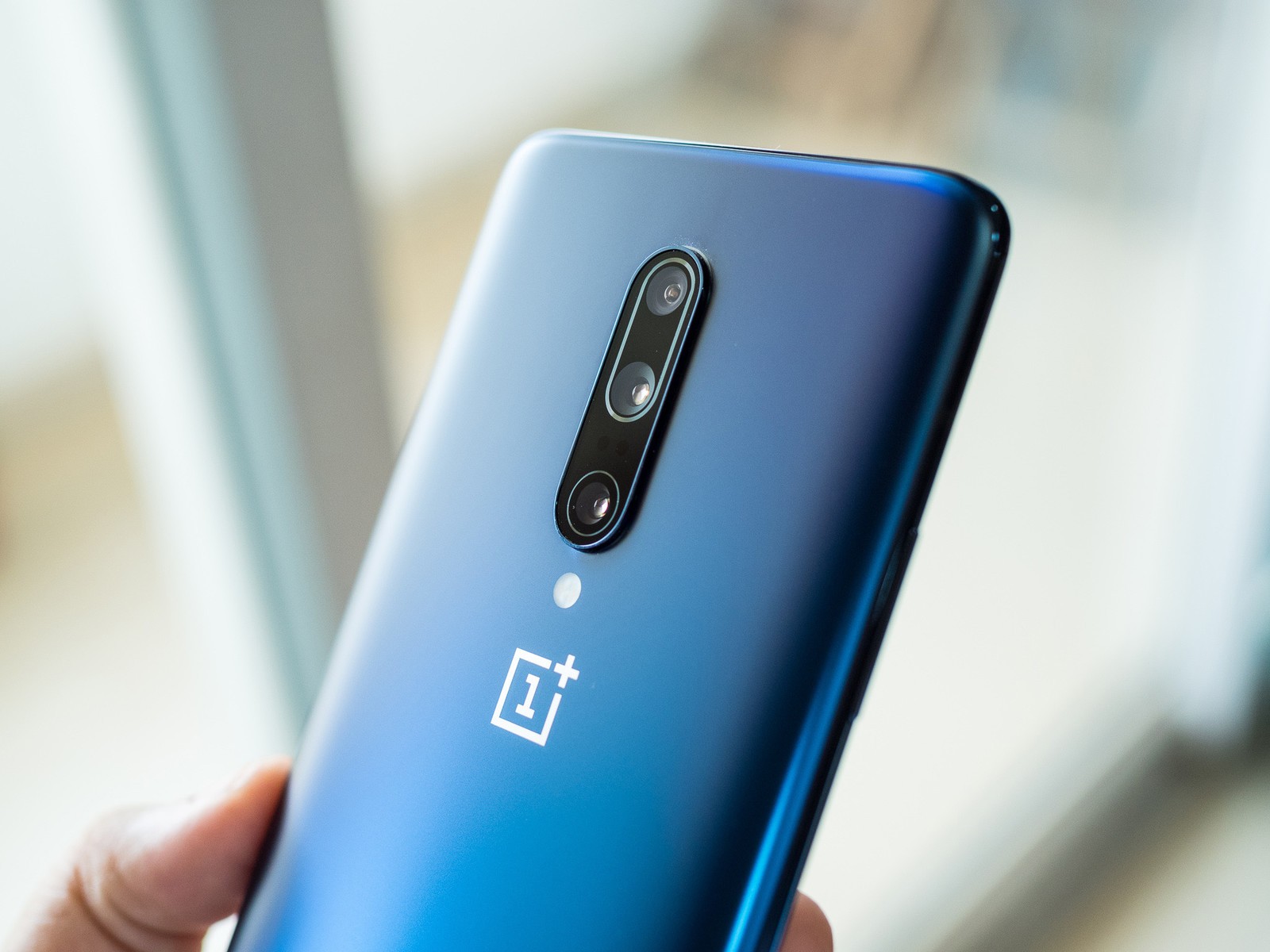
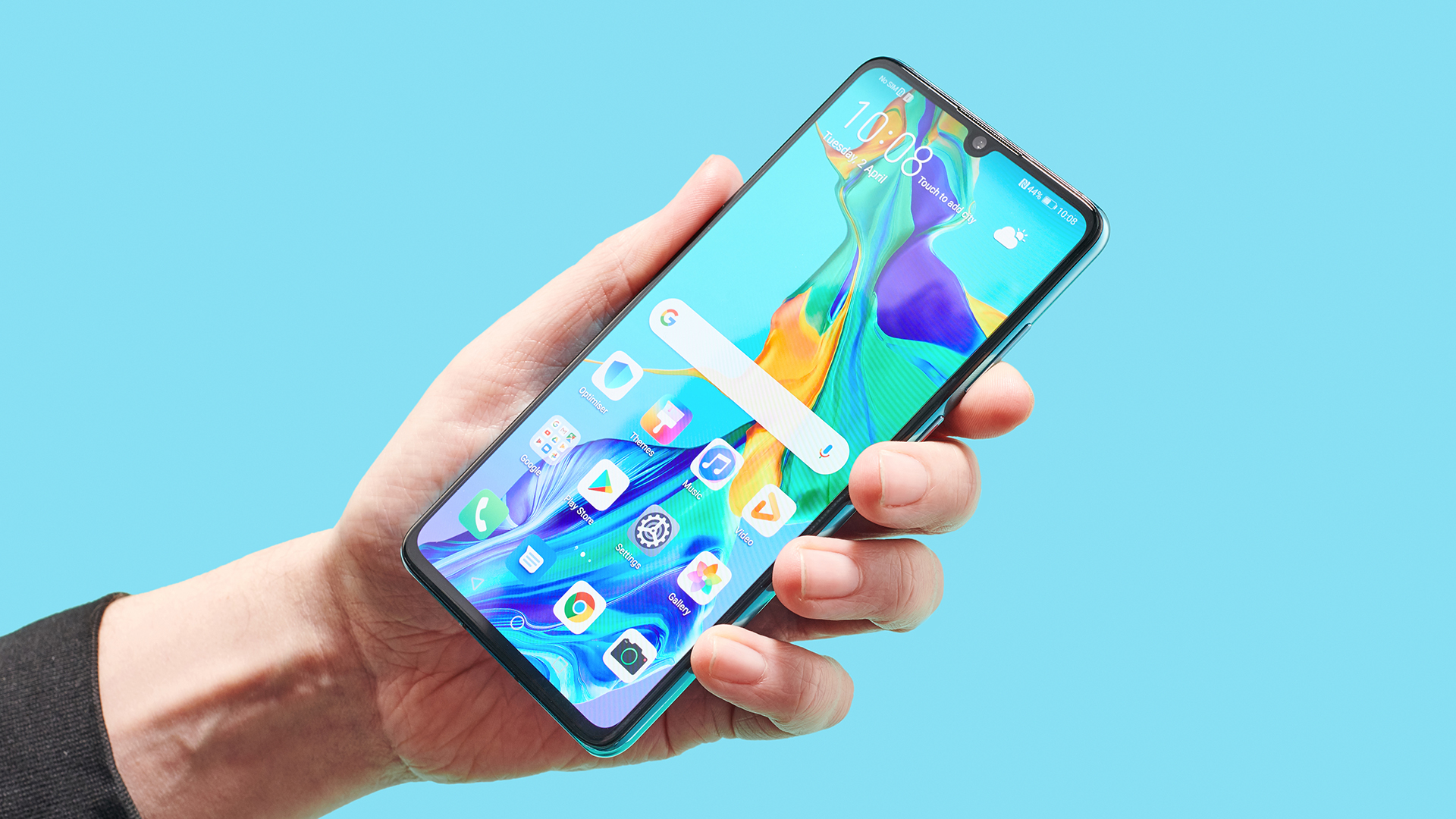
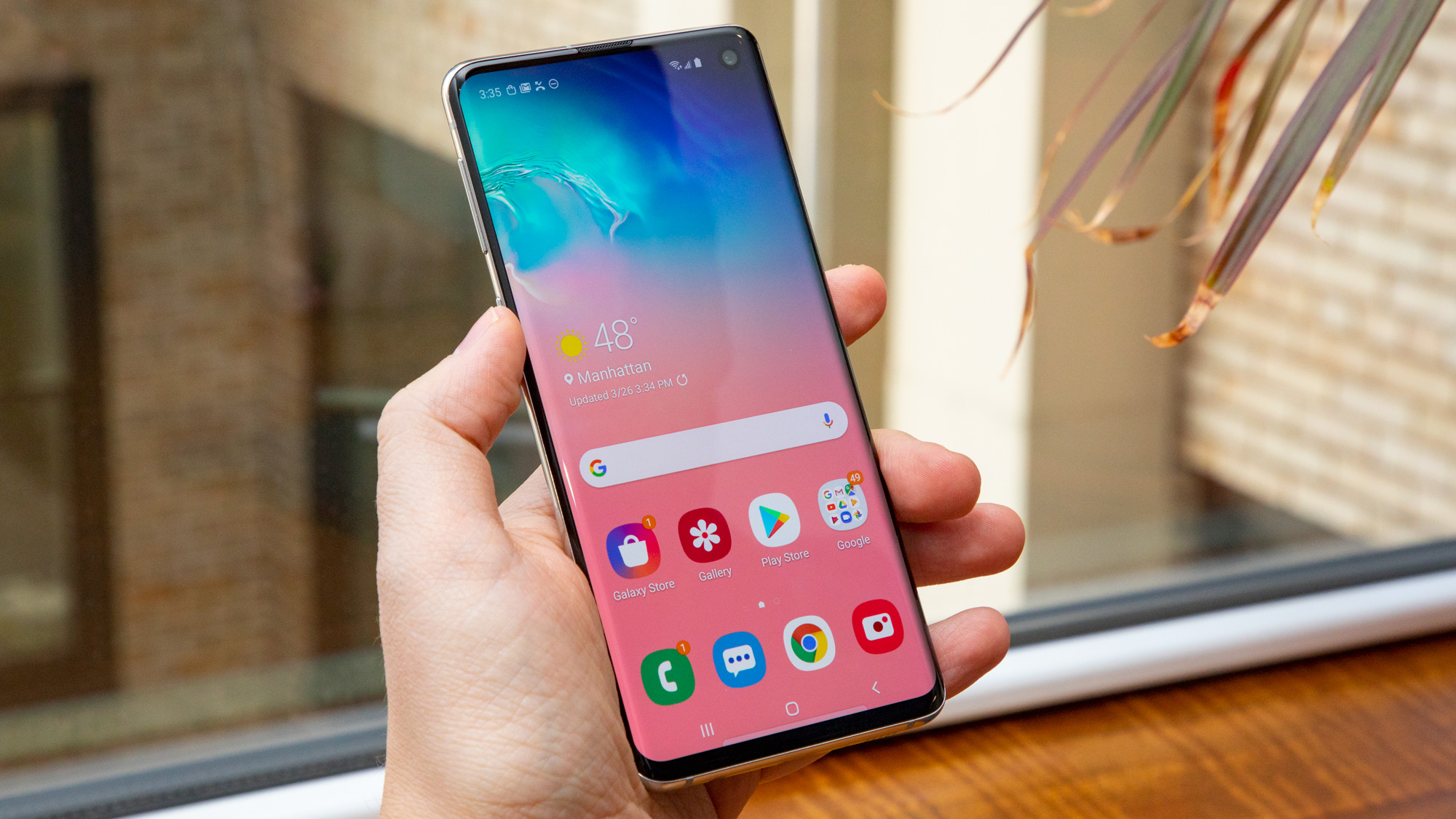
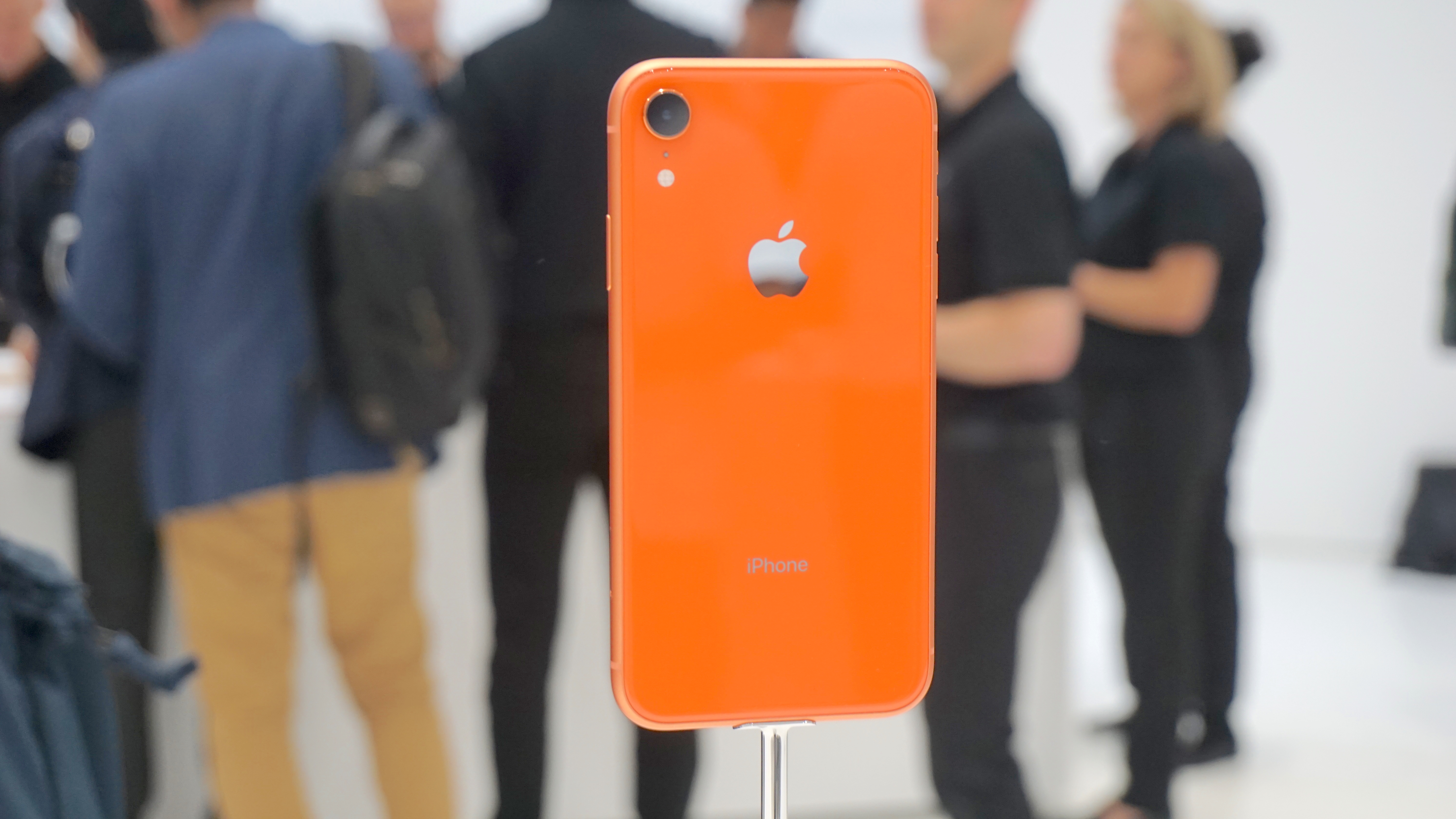
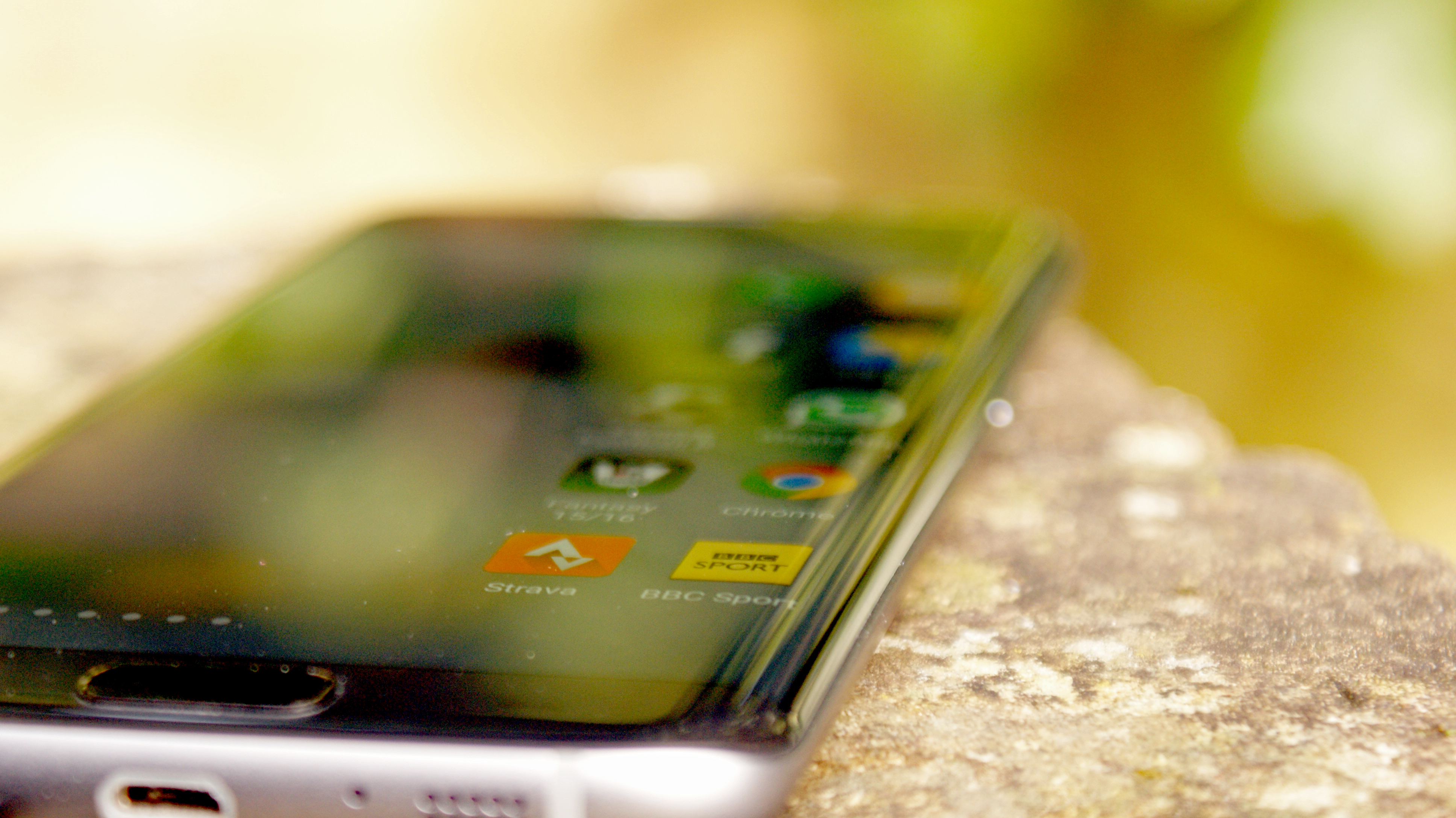
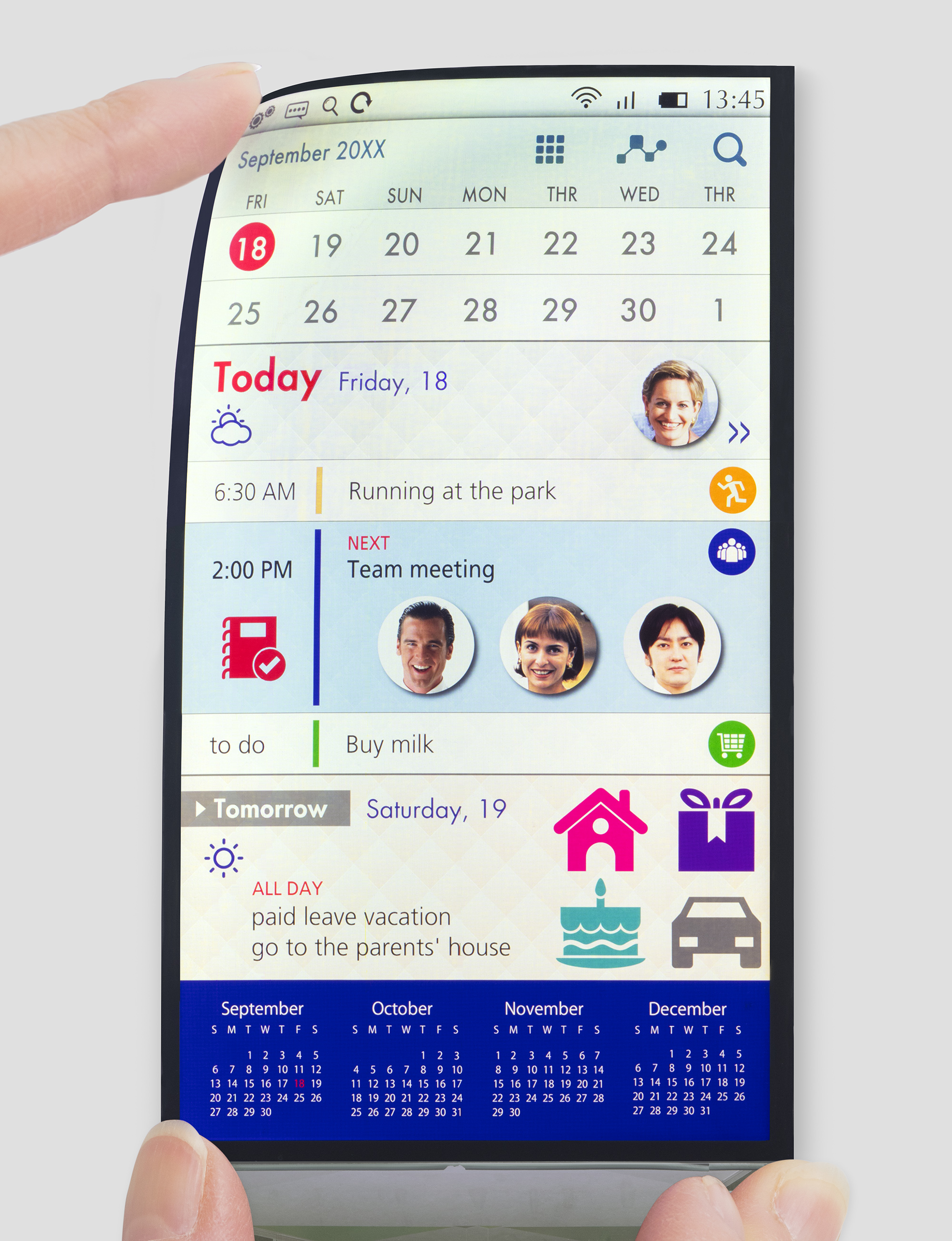

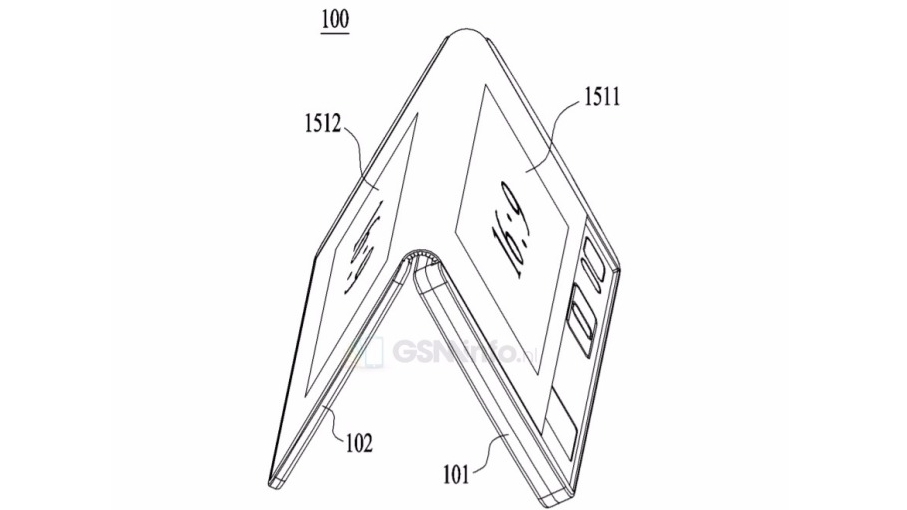
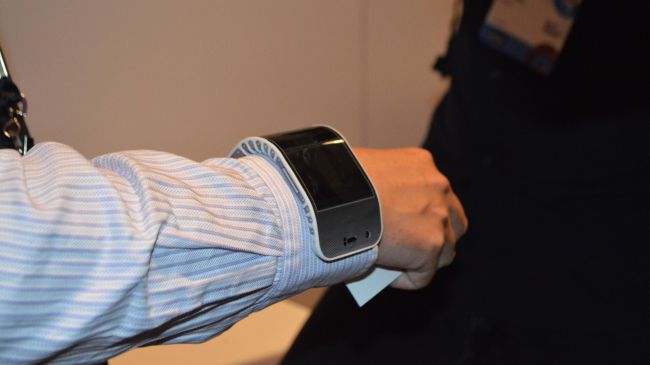

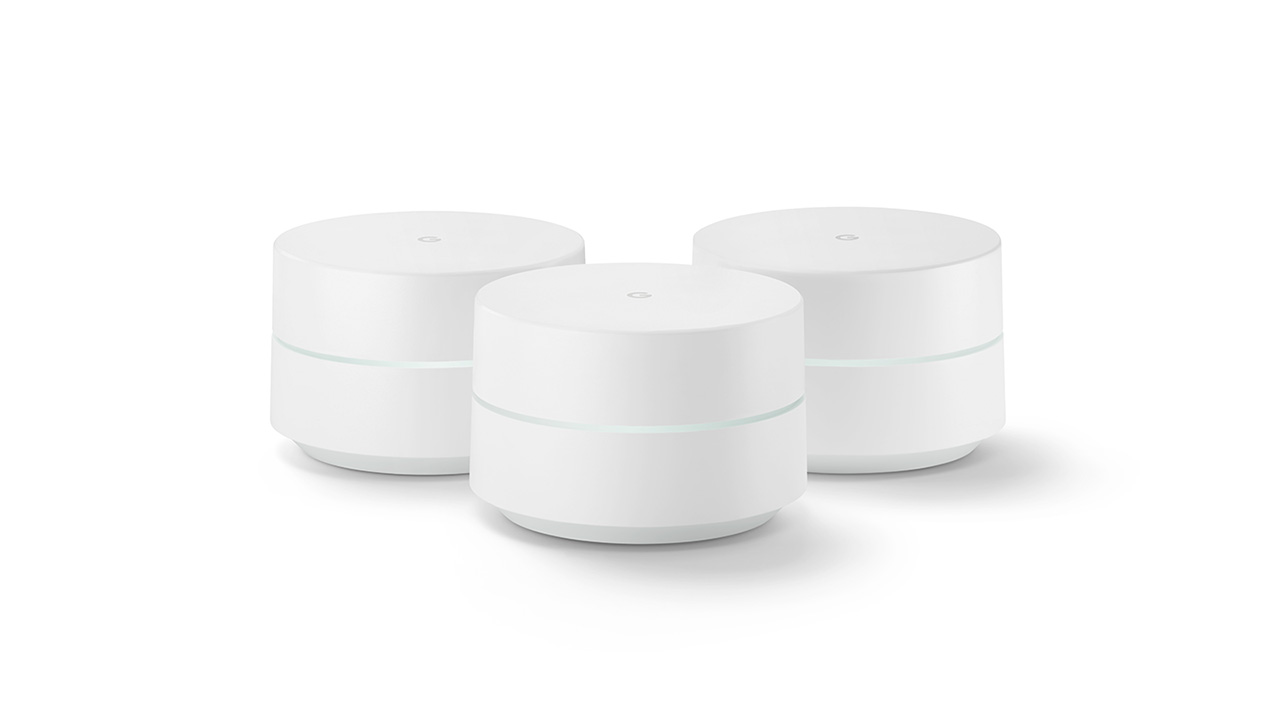
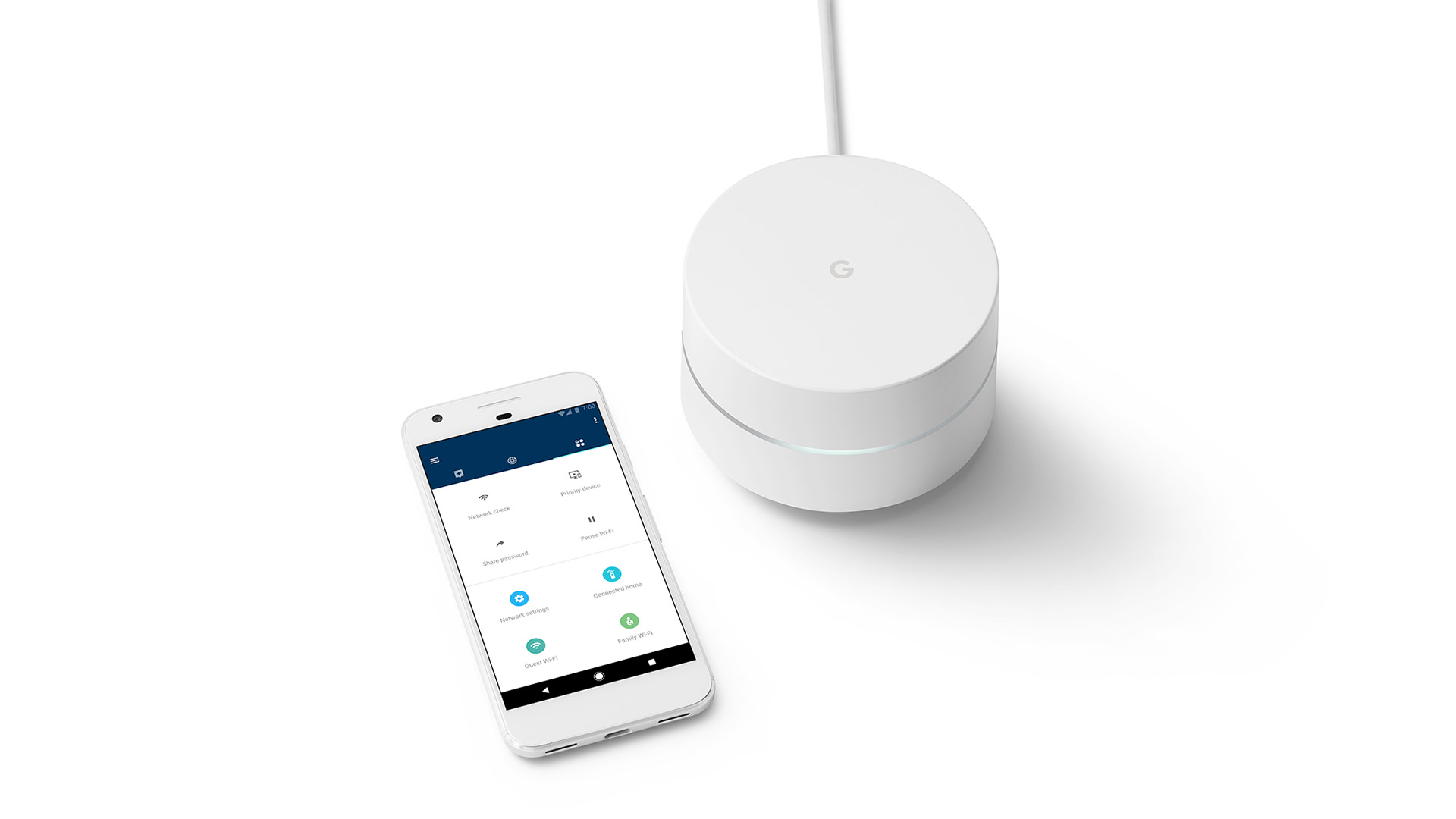










-470-75.JPG)






